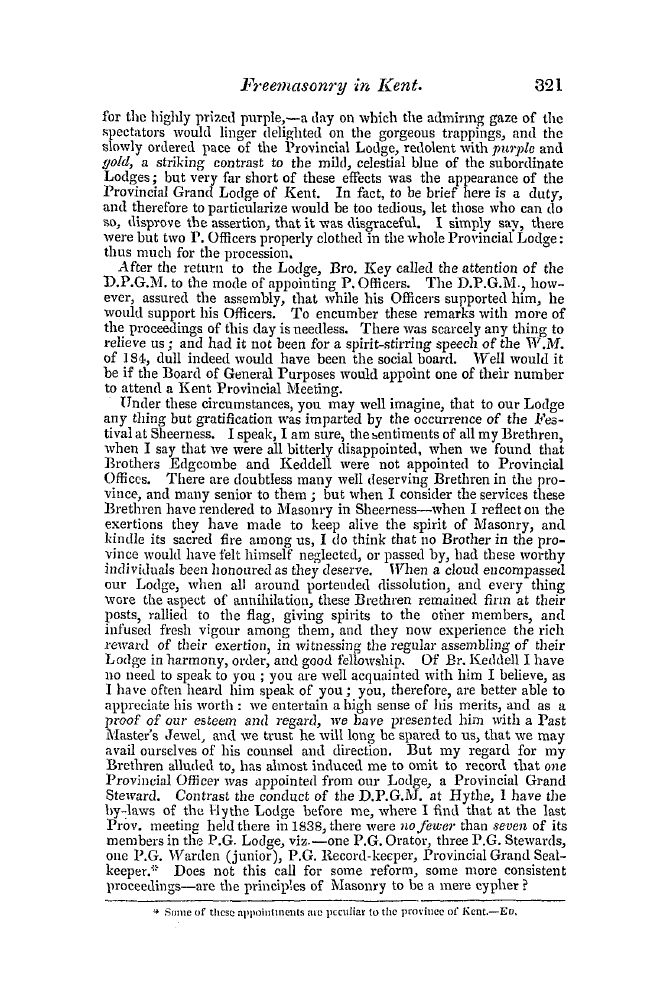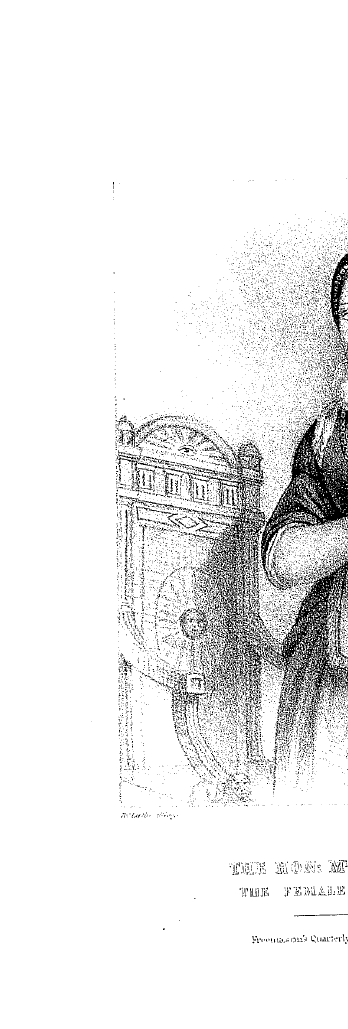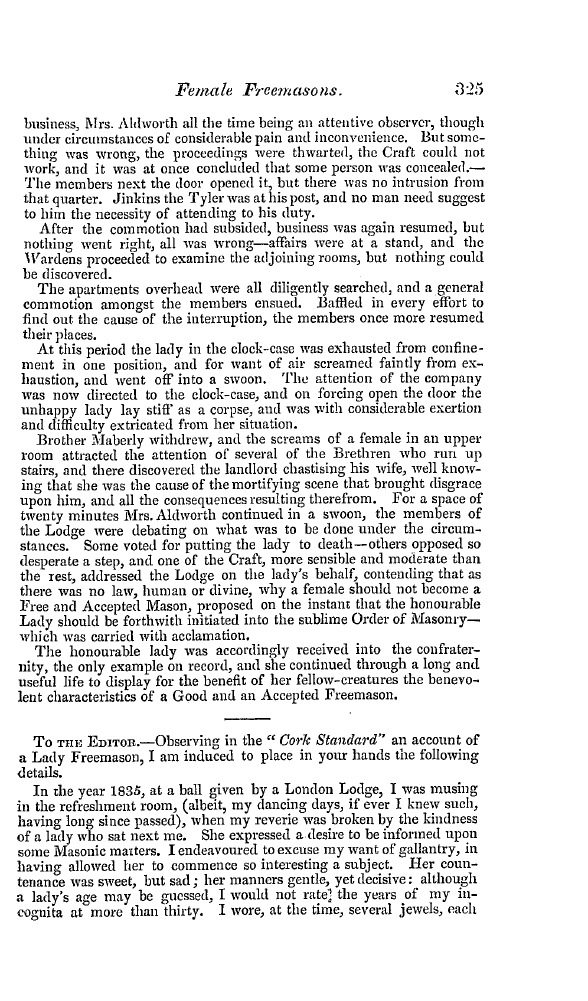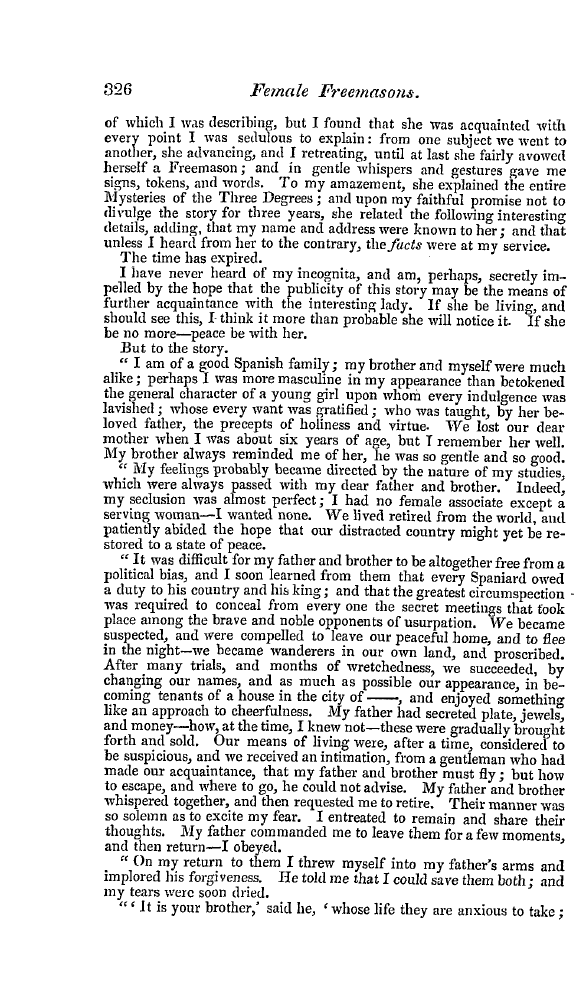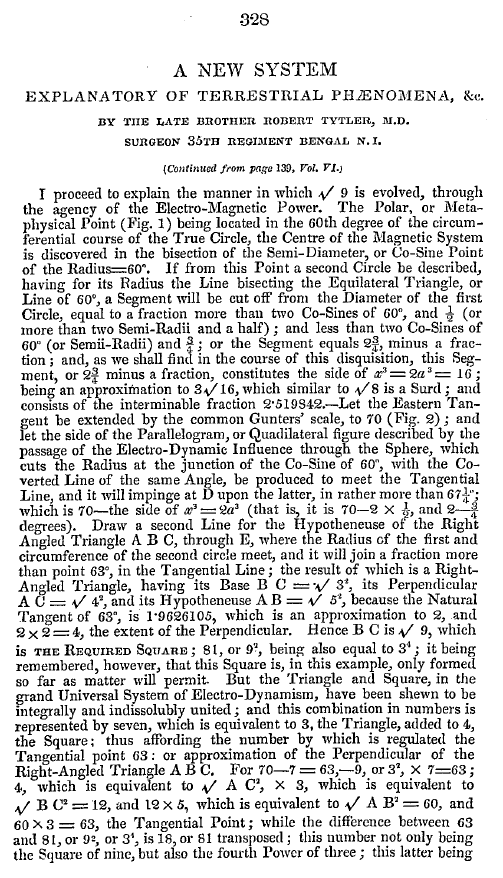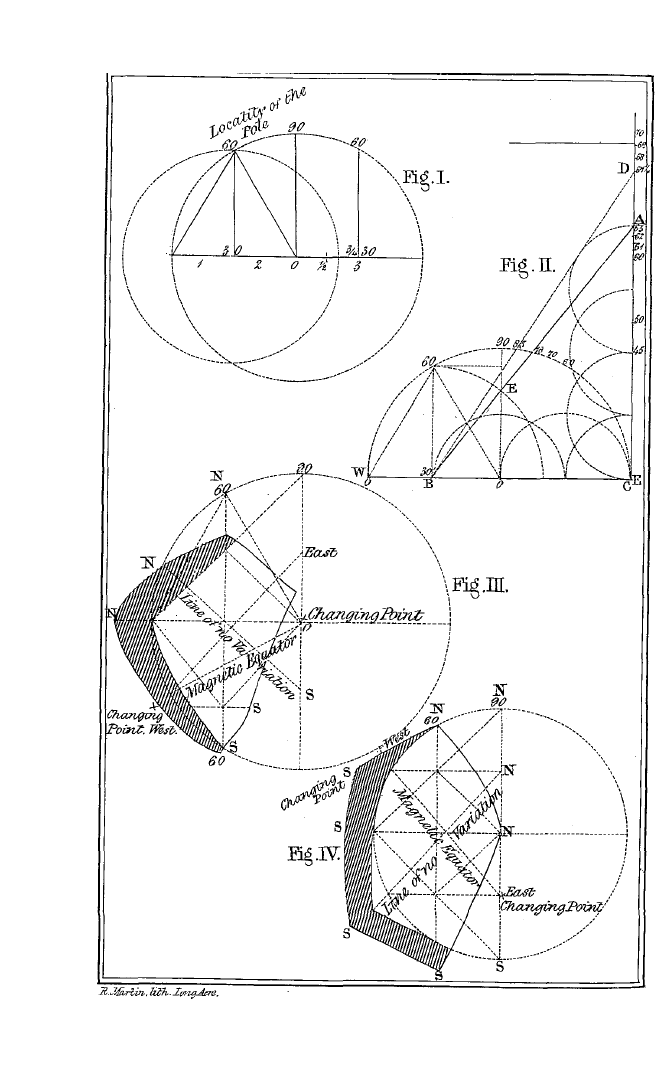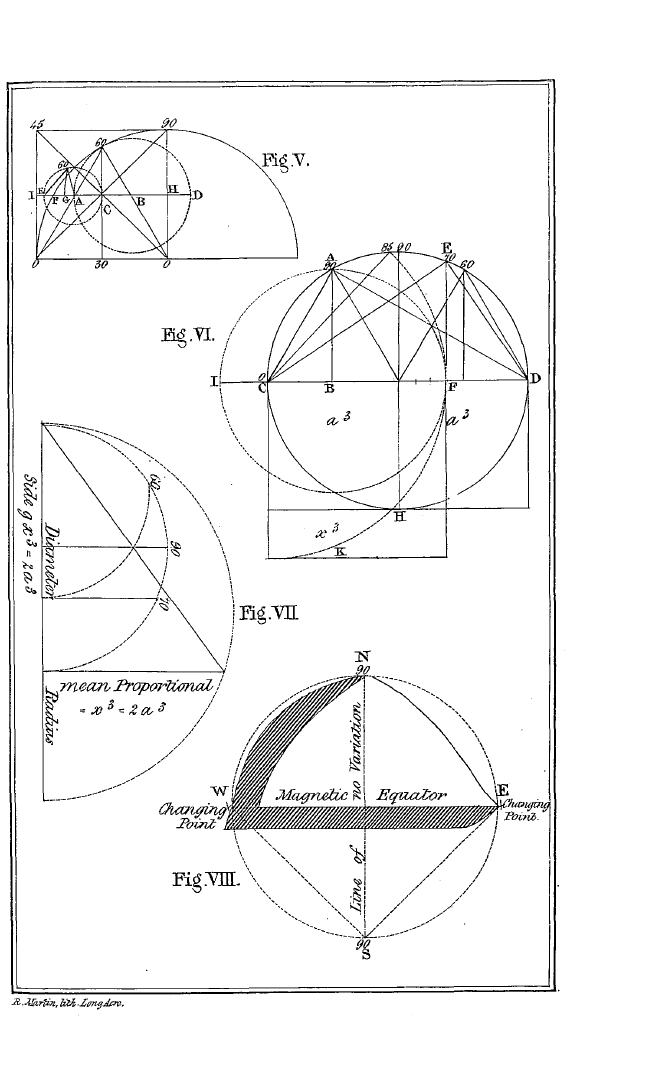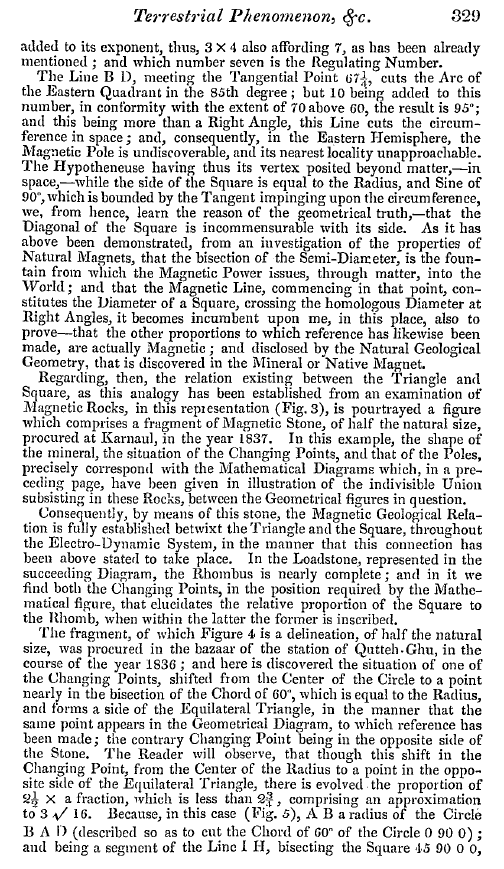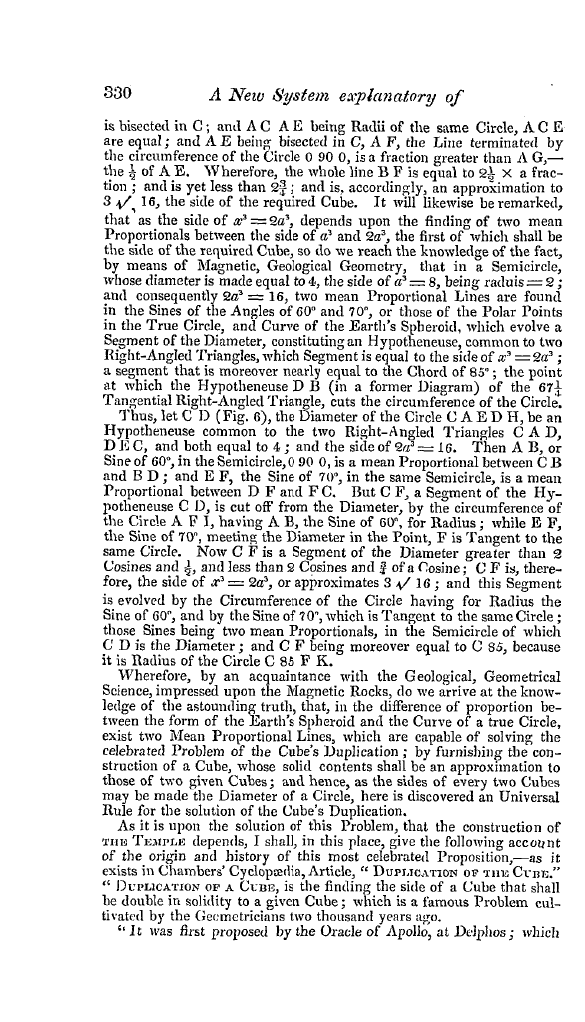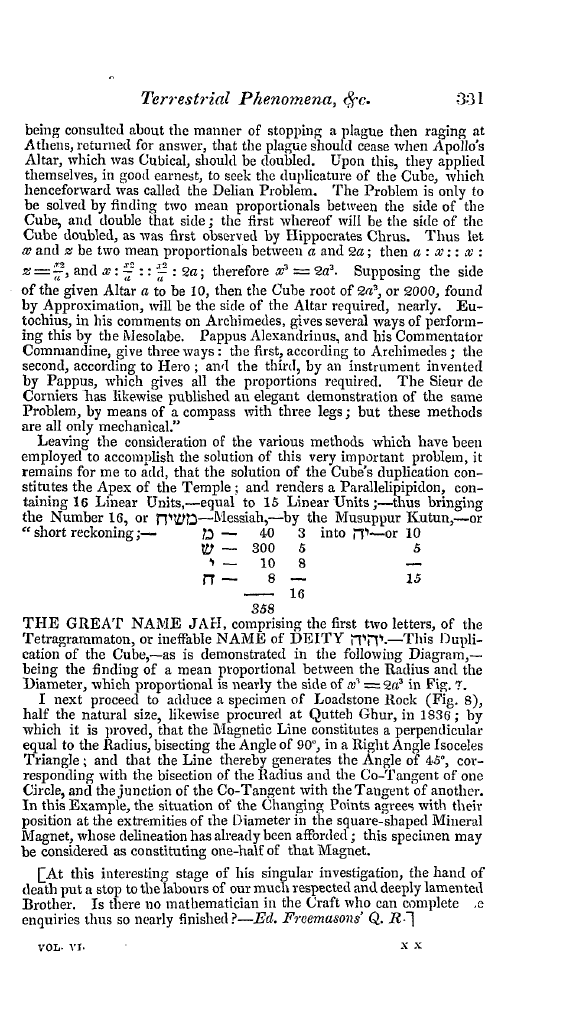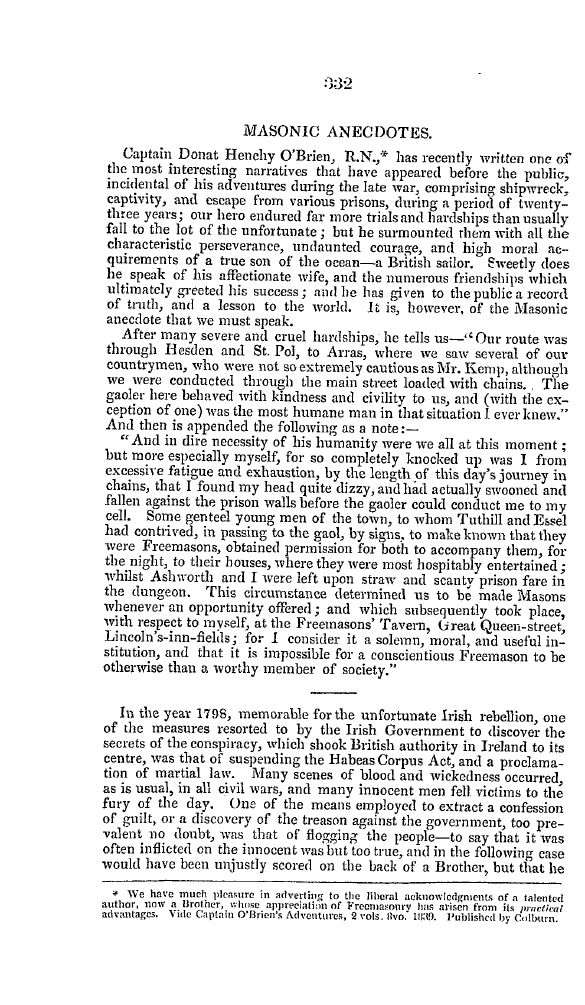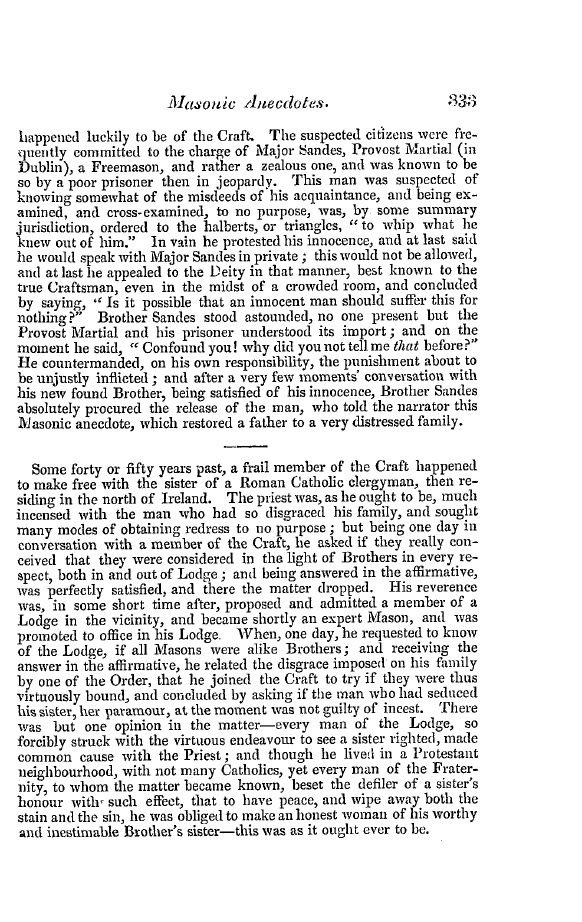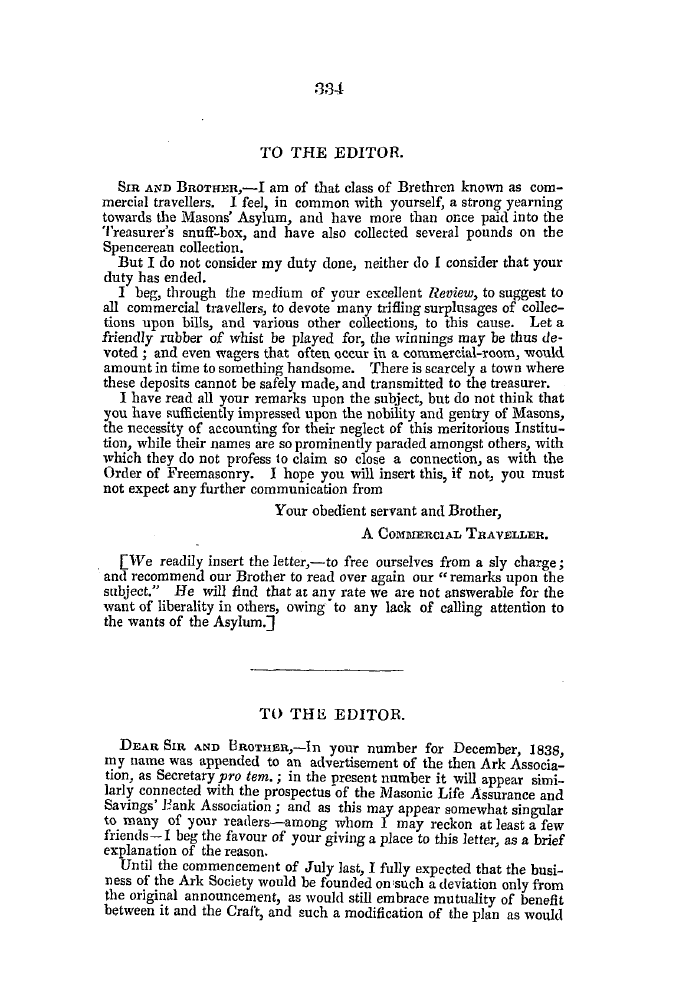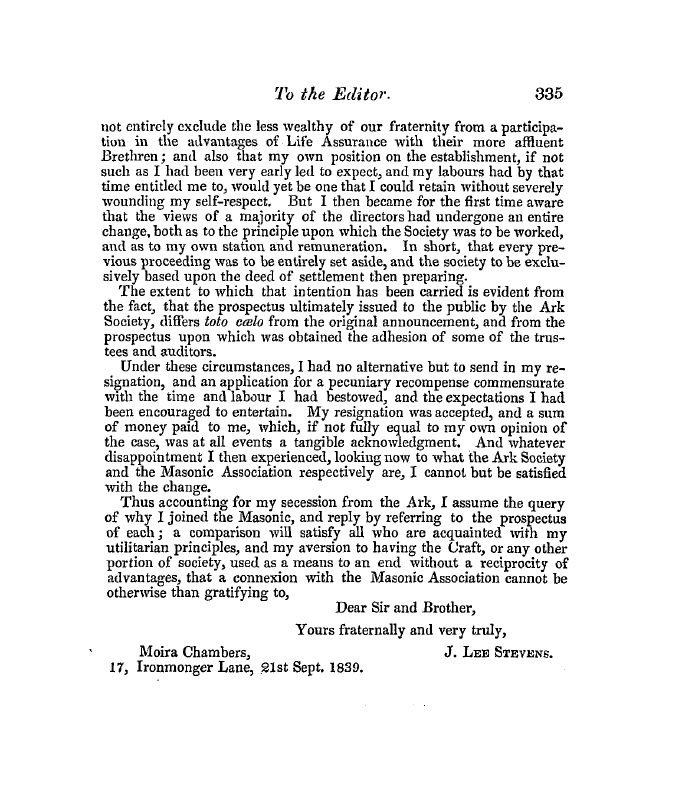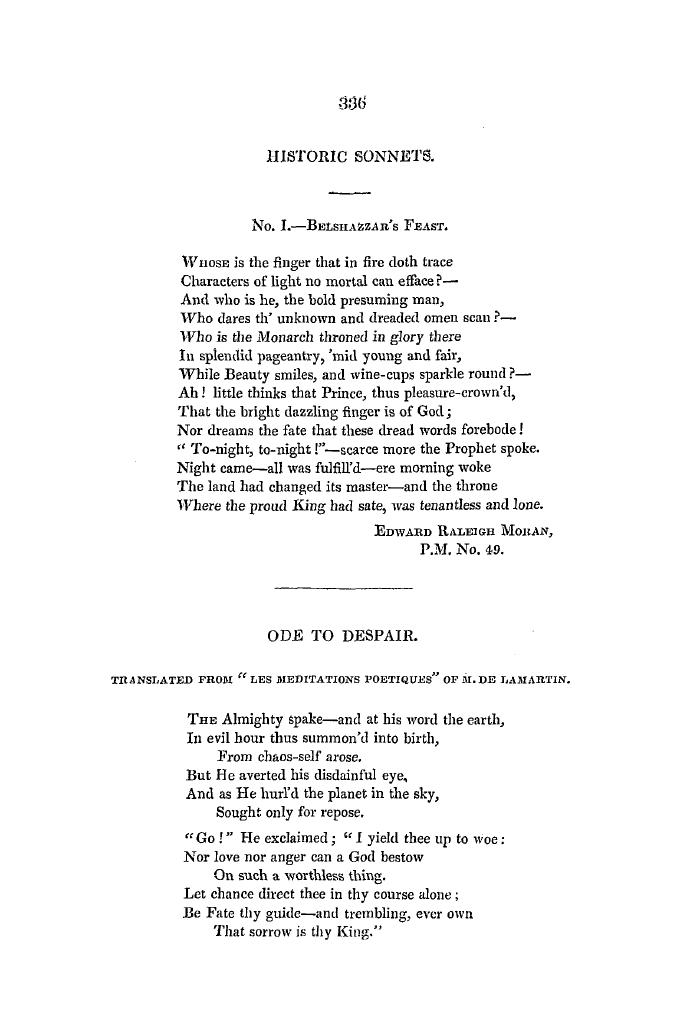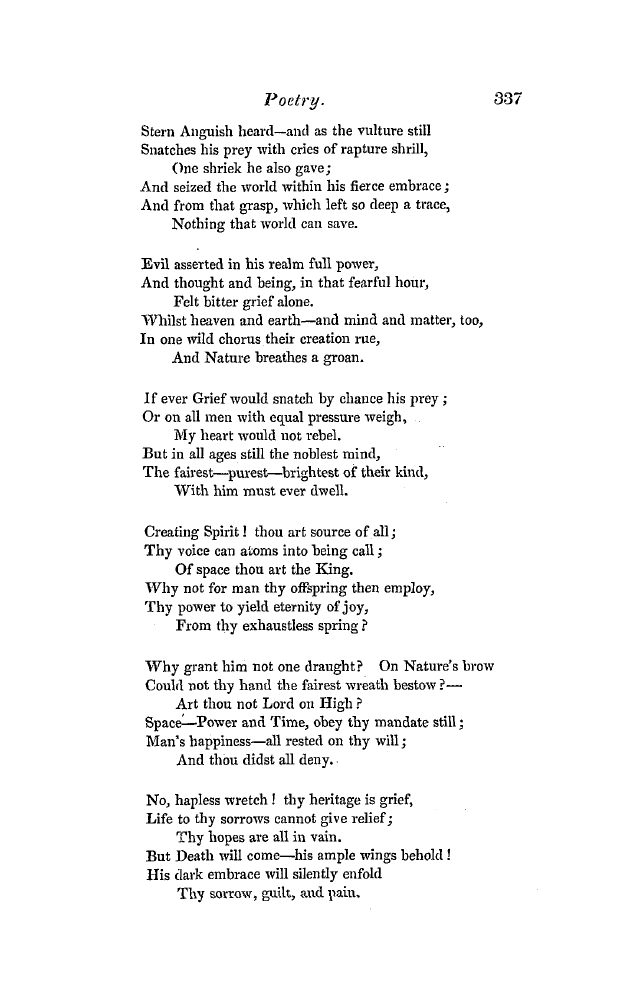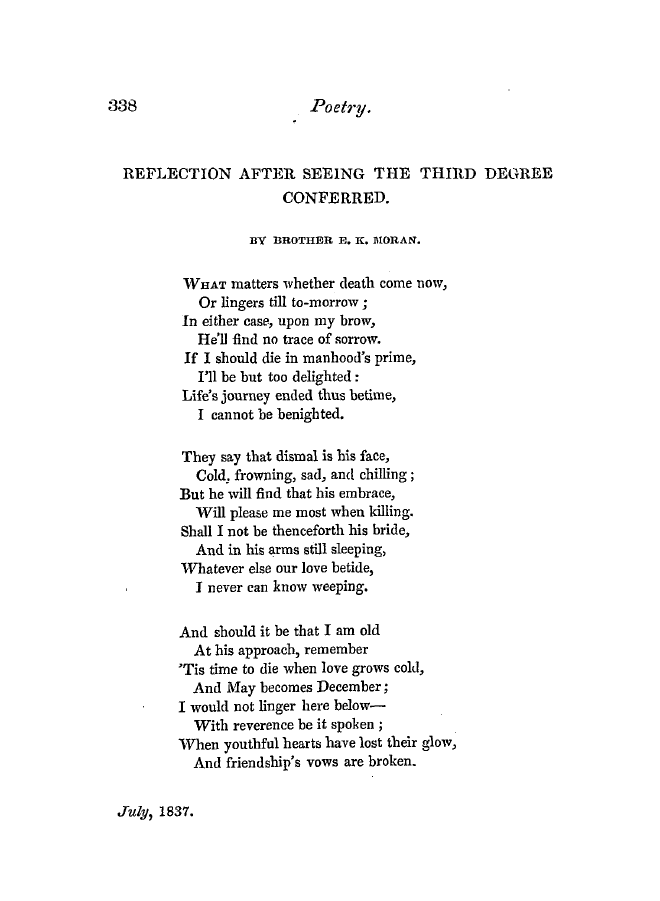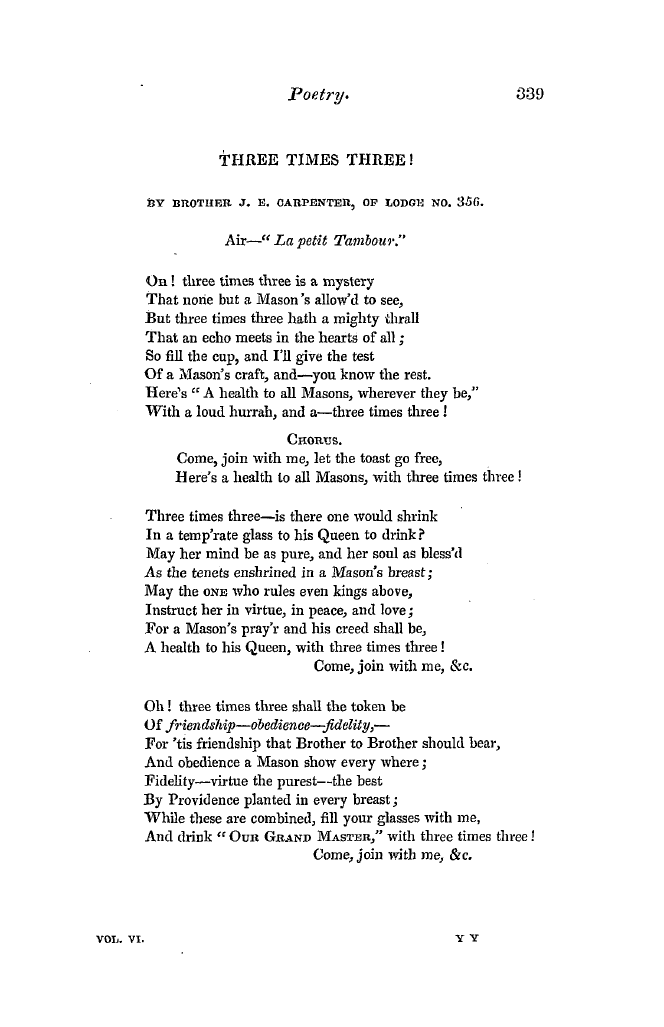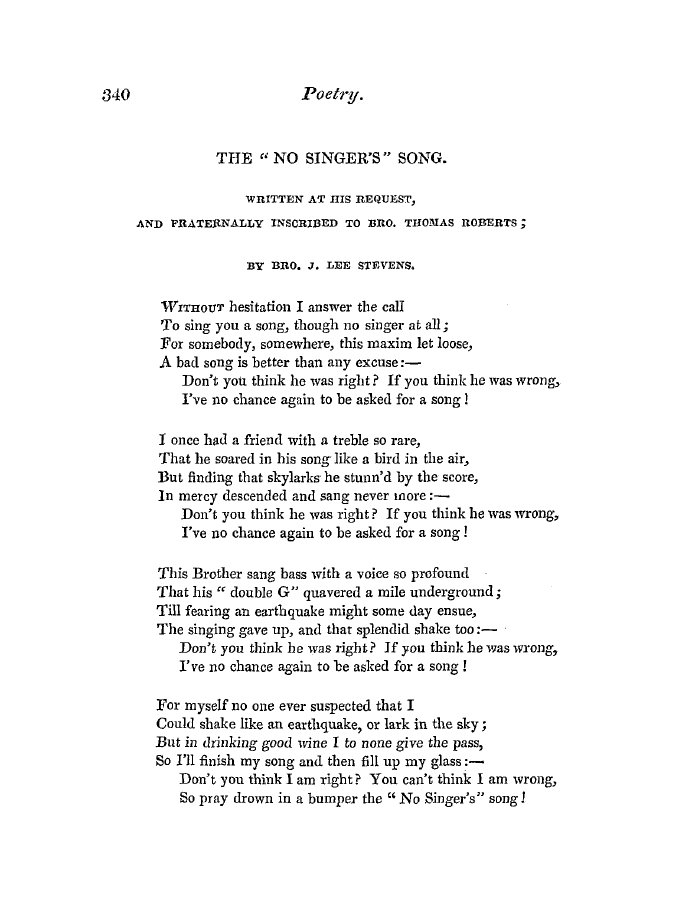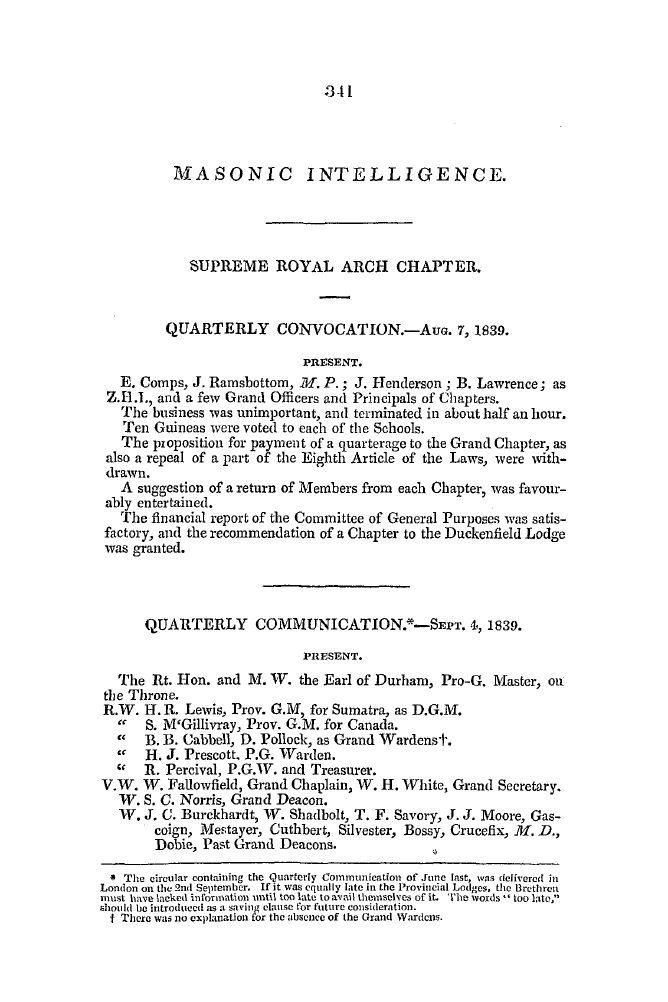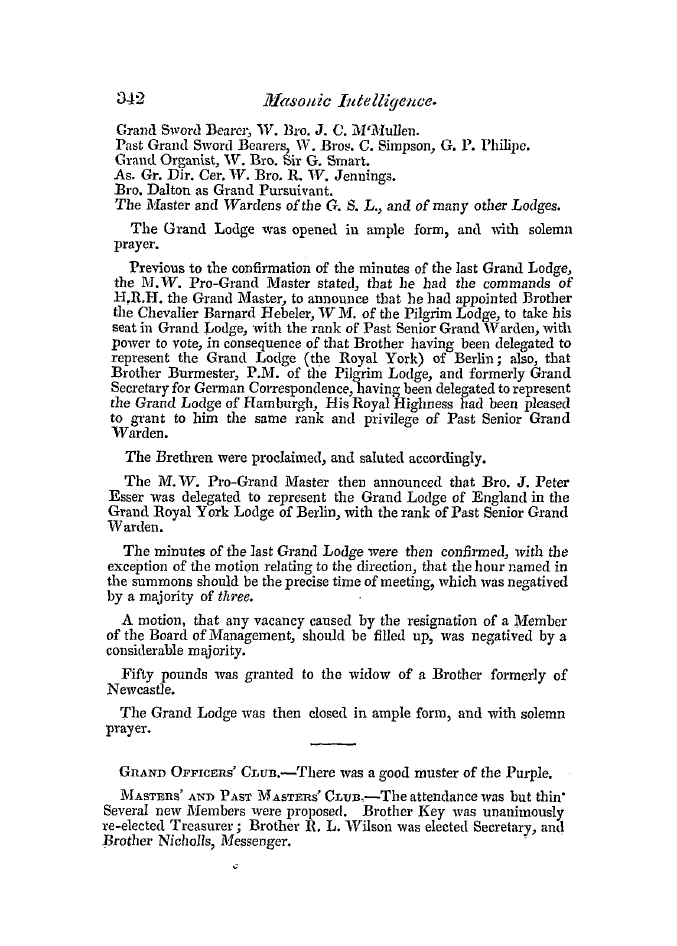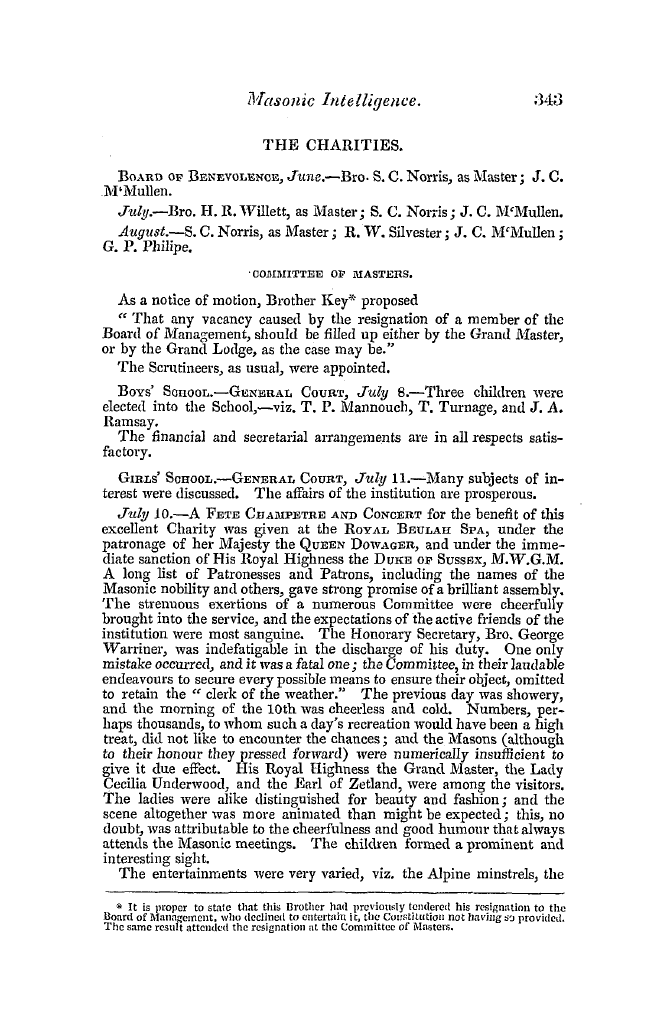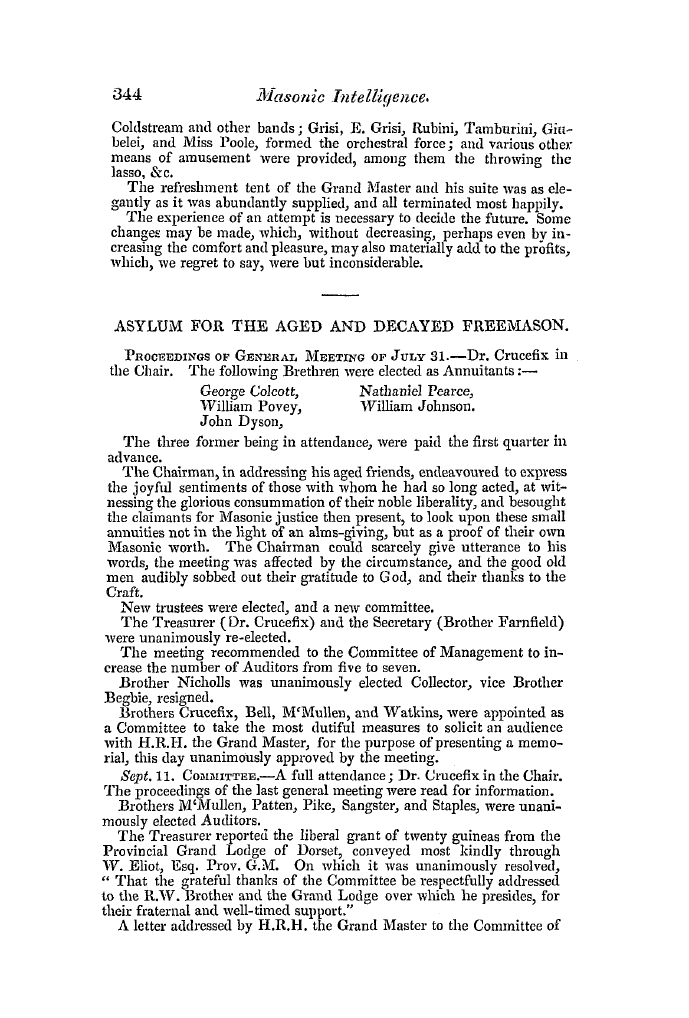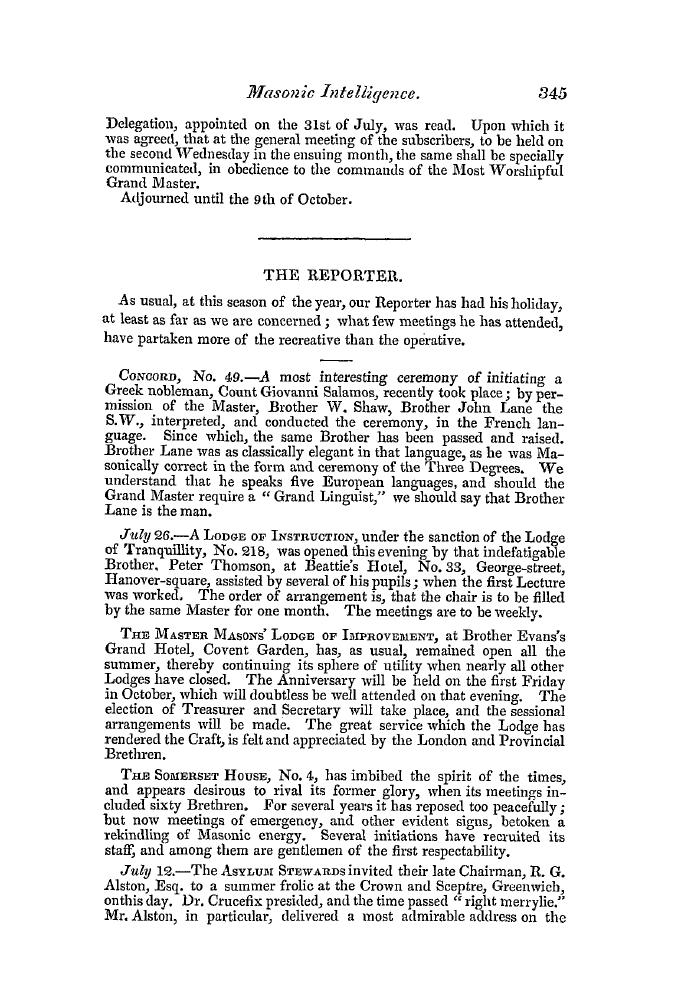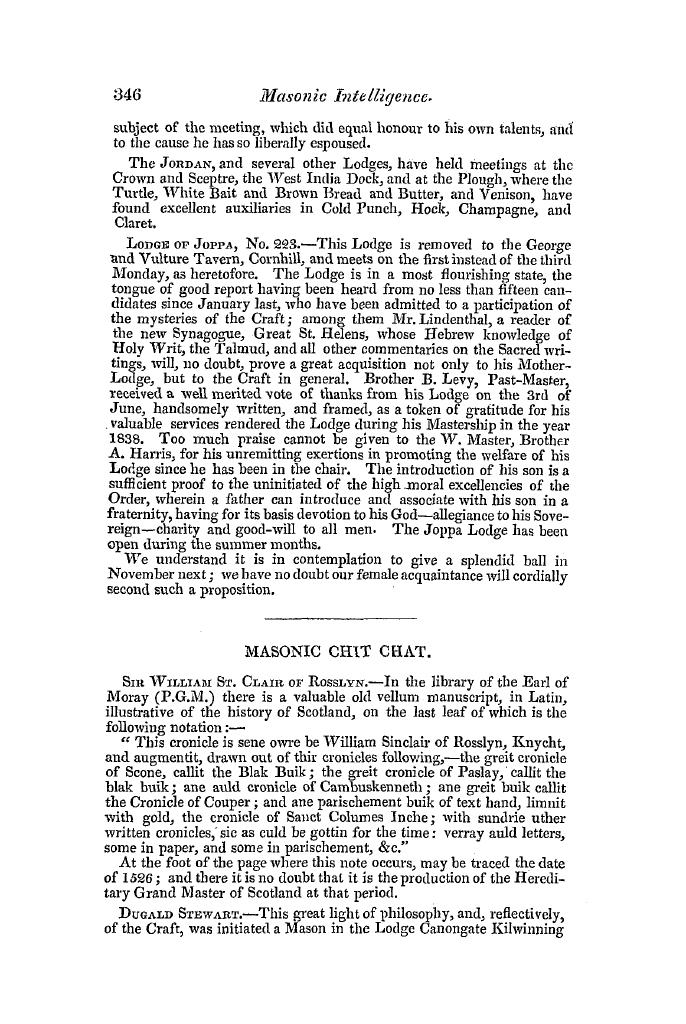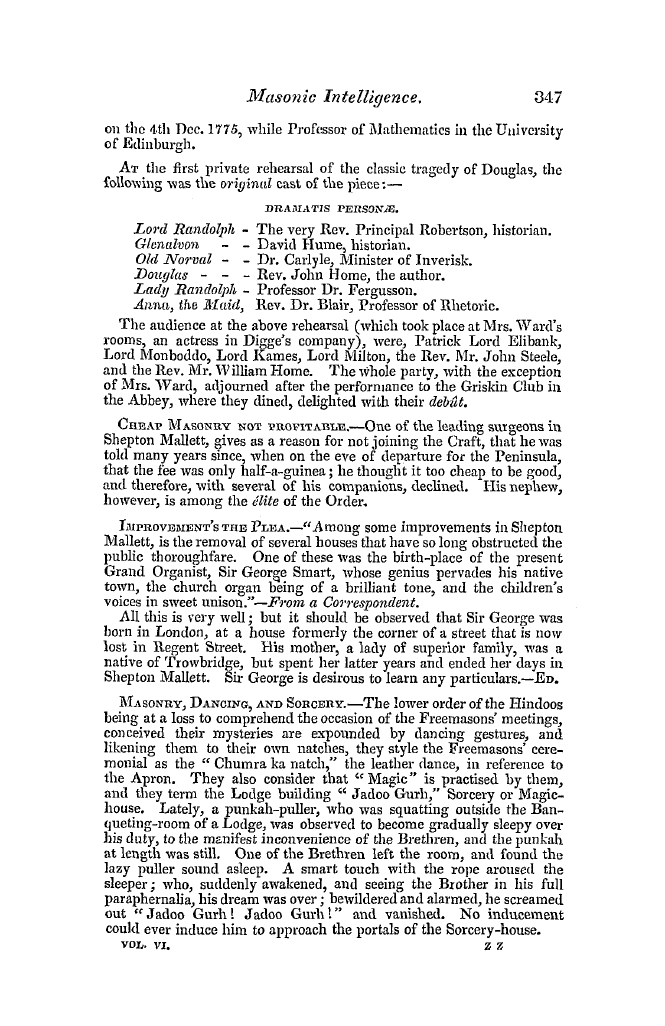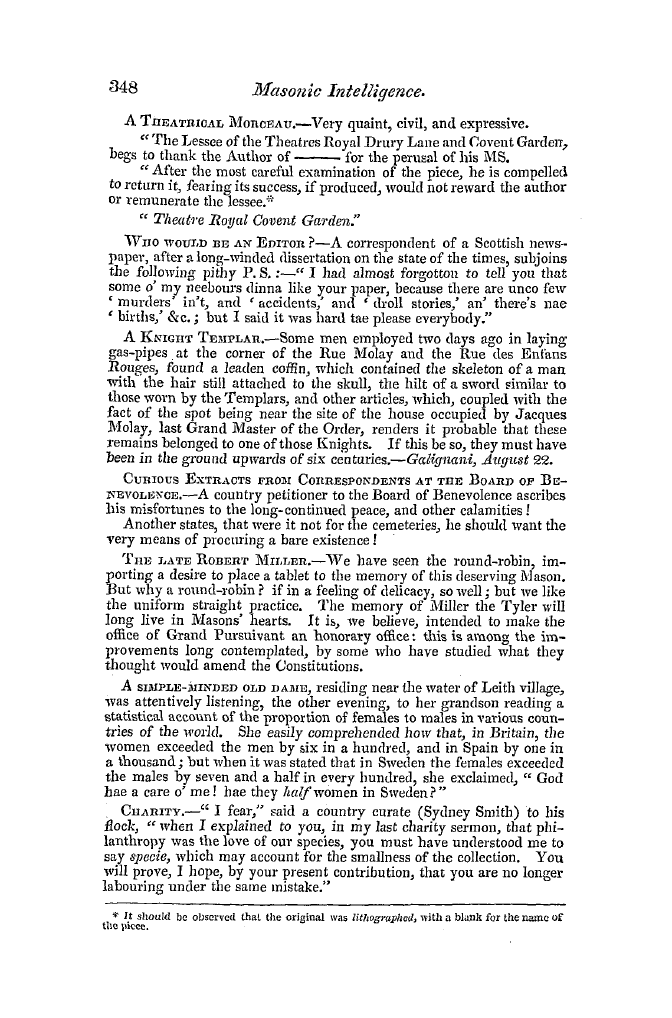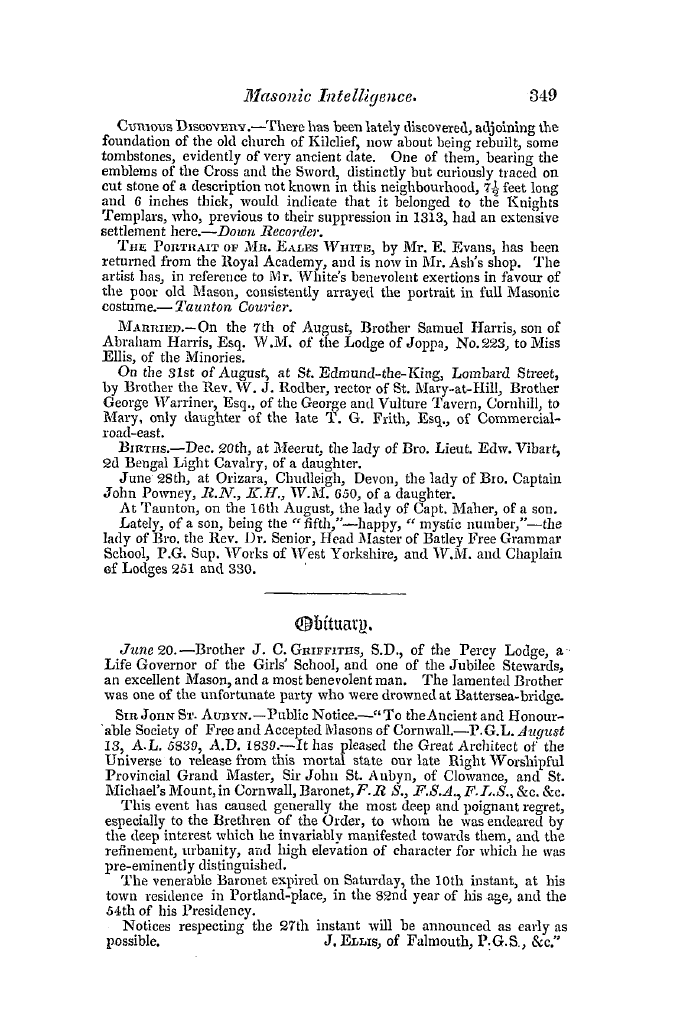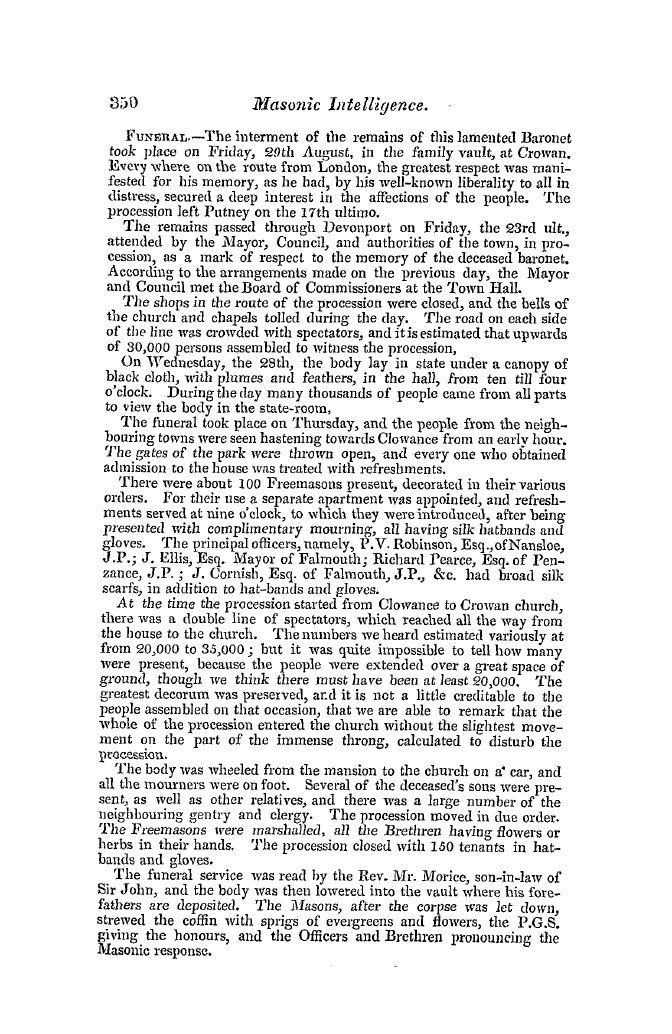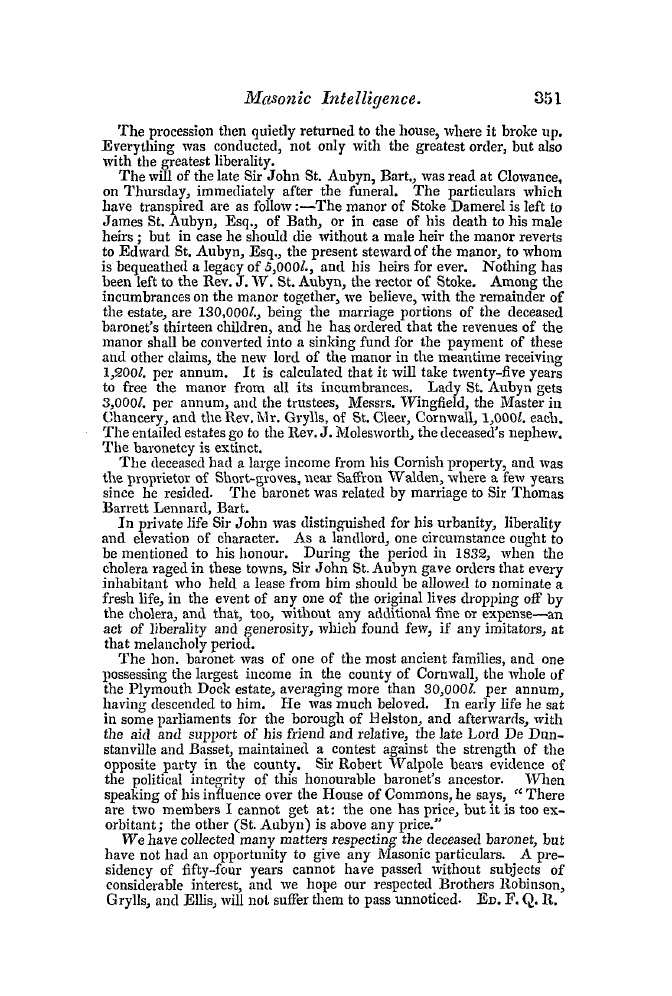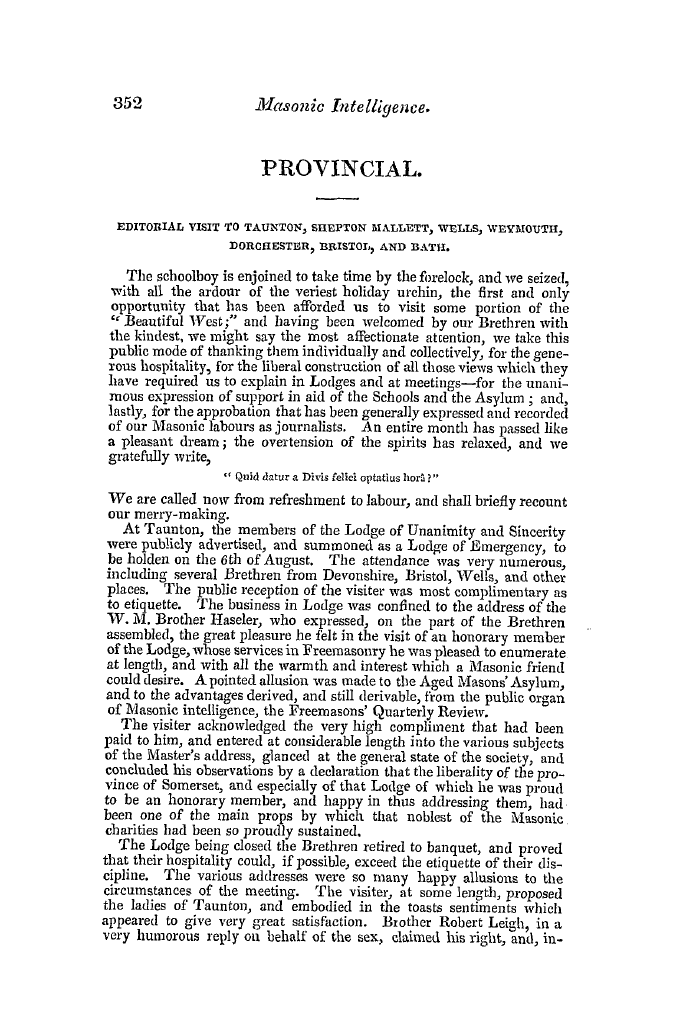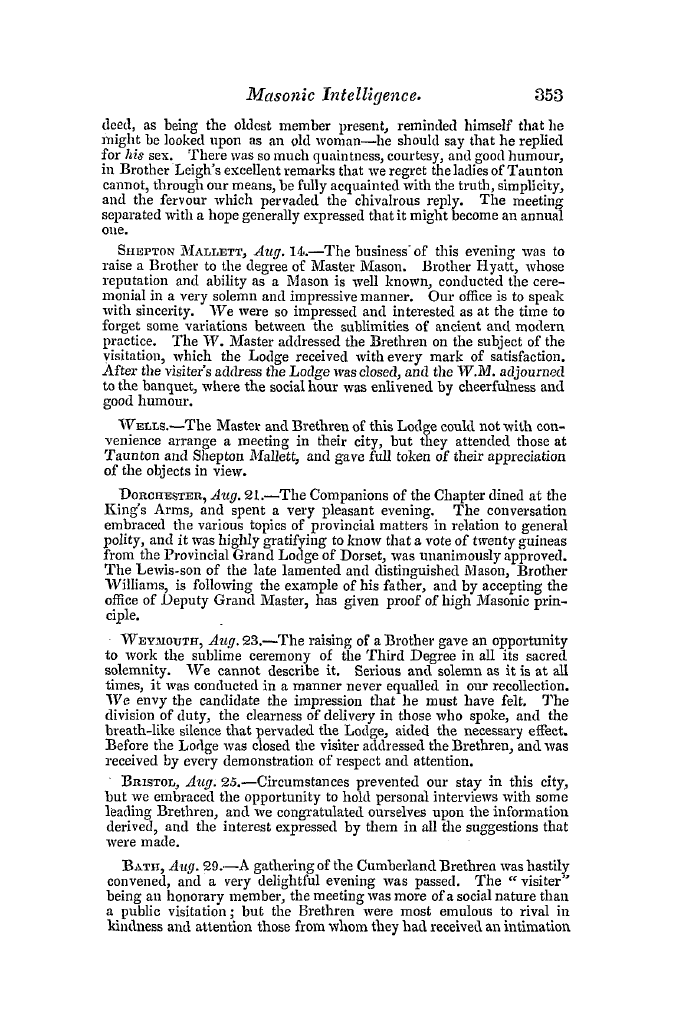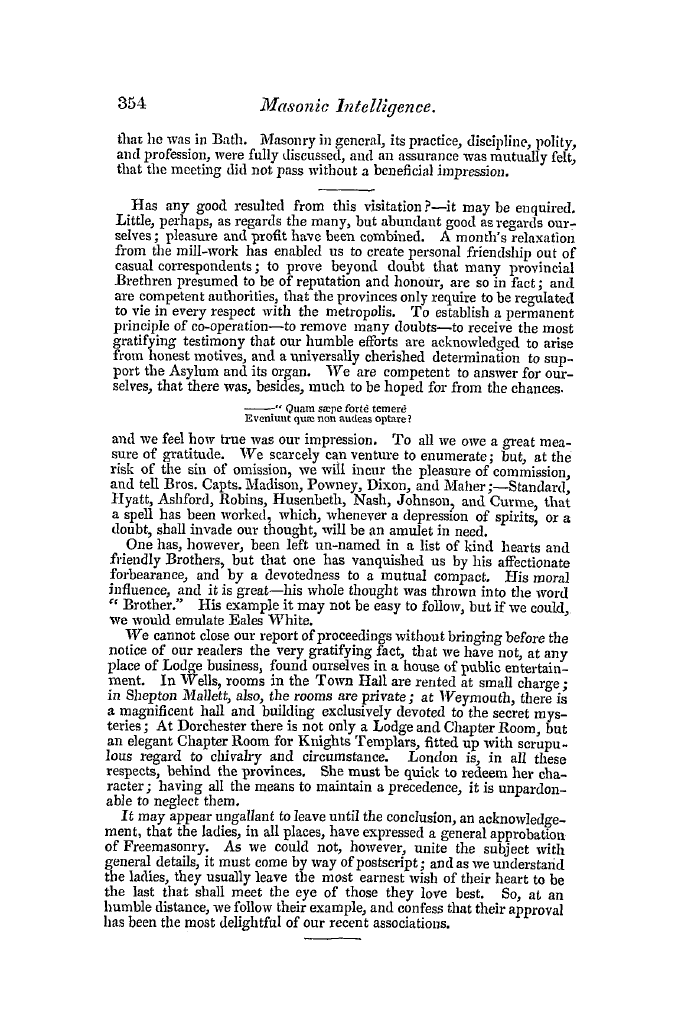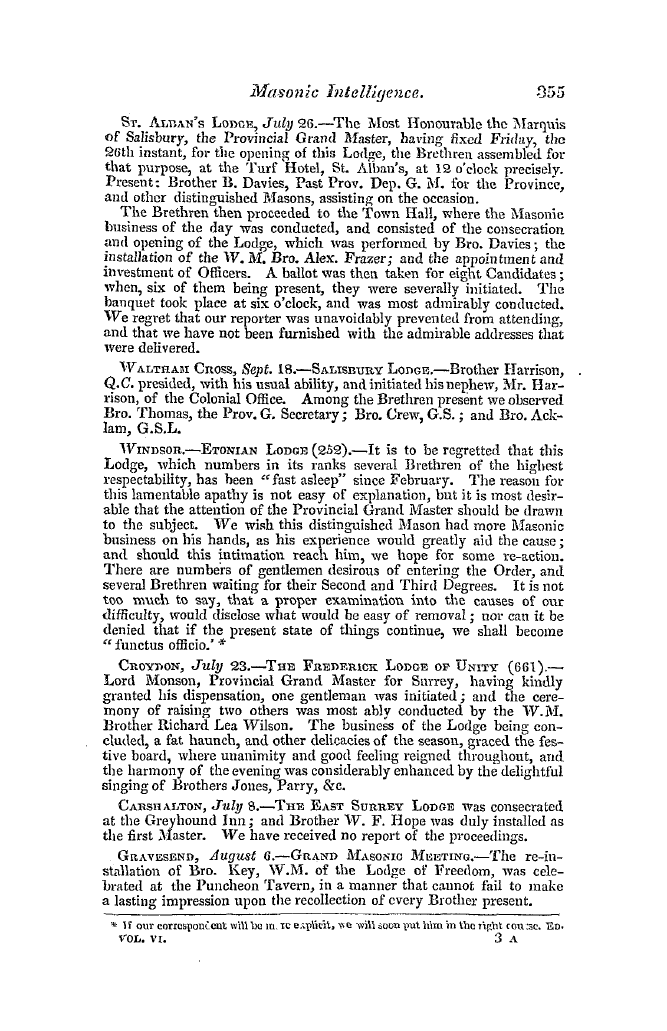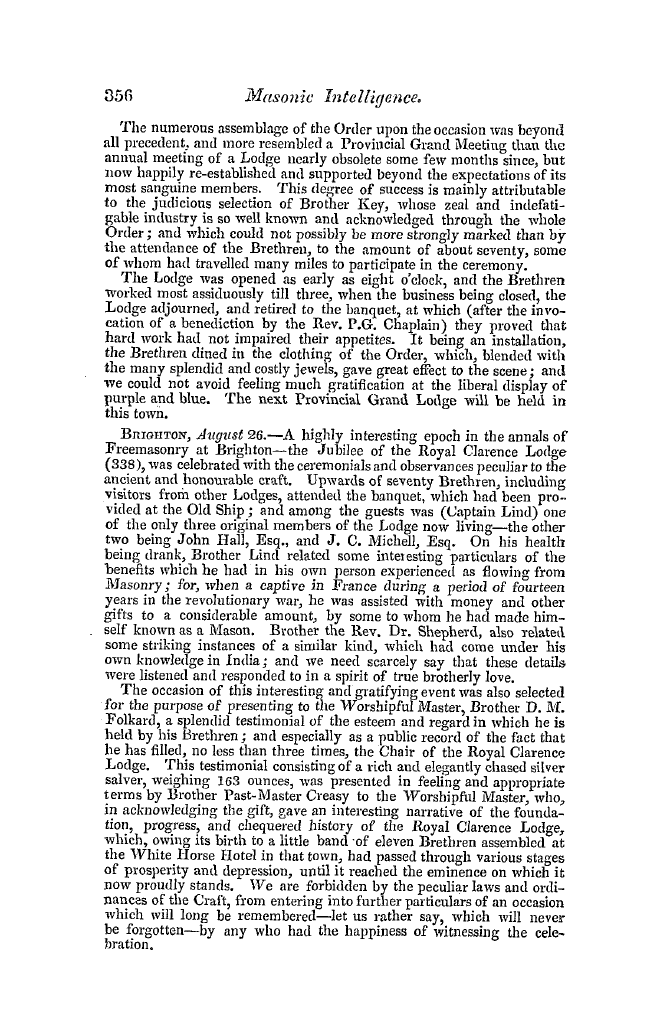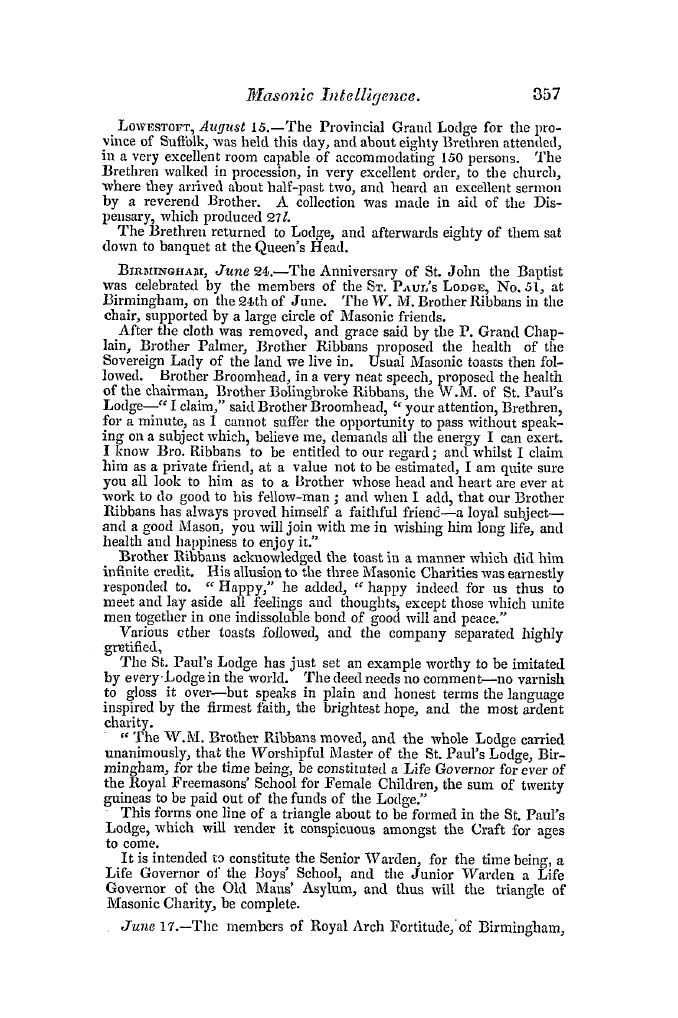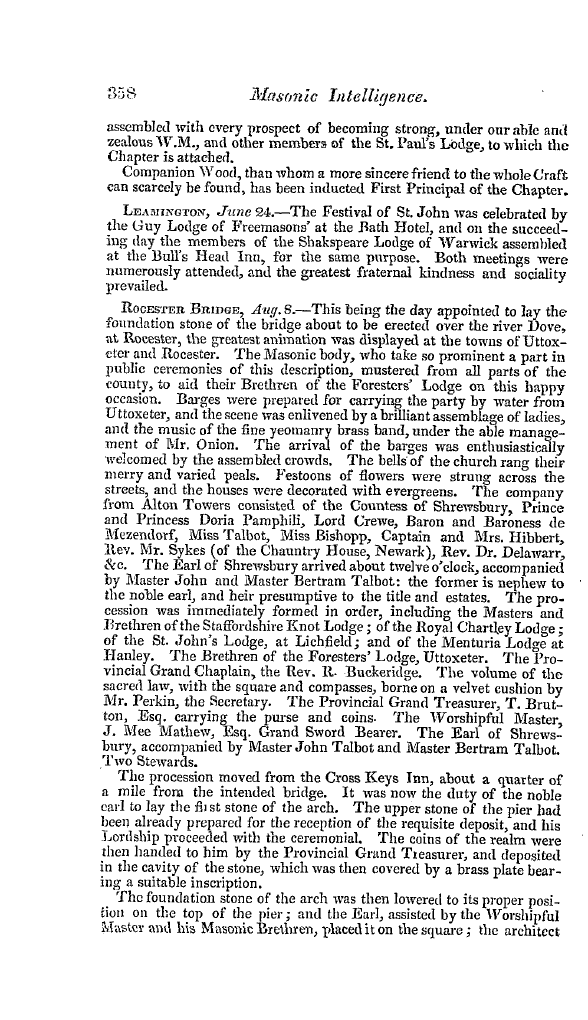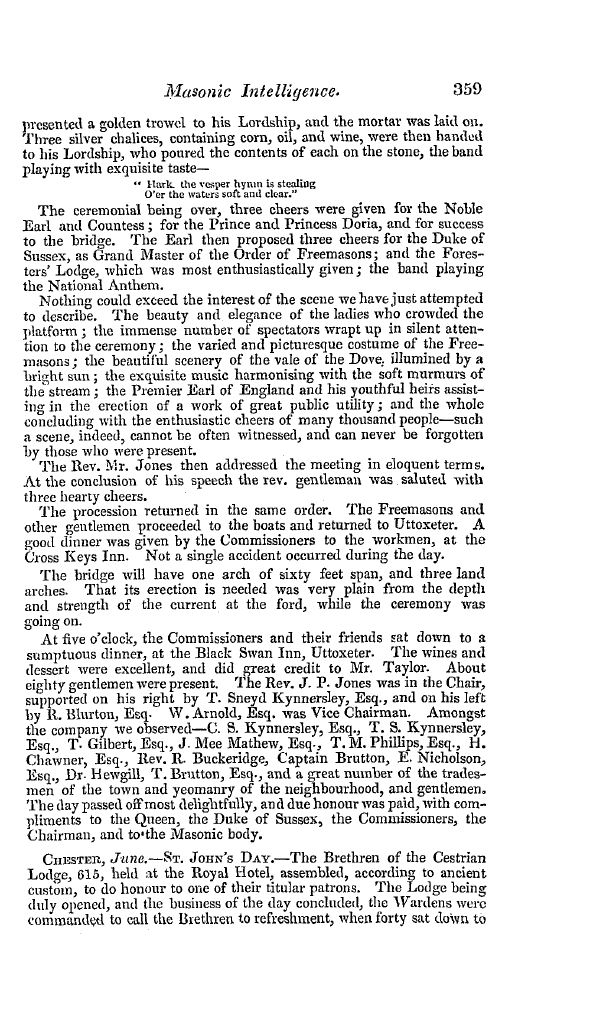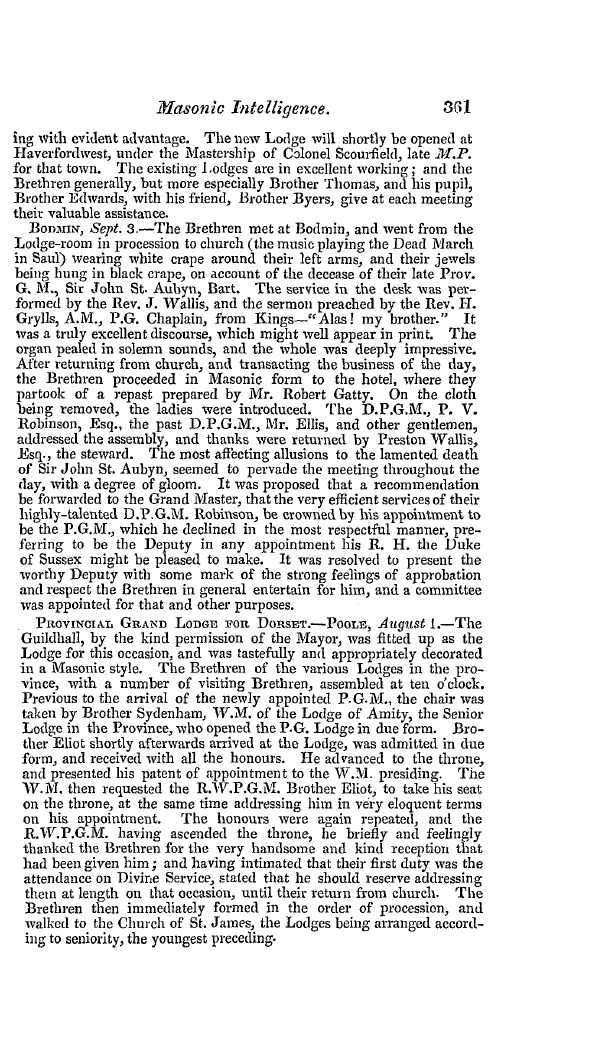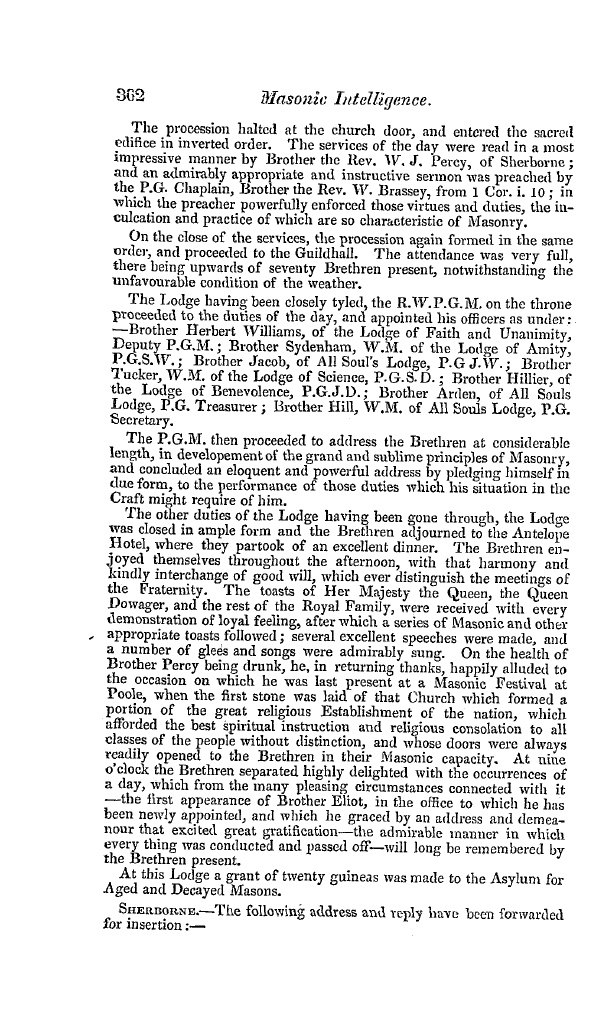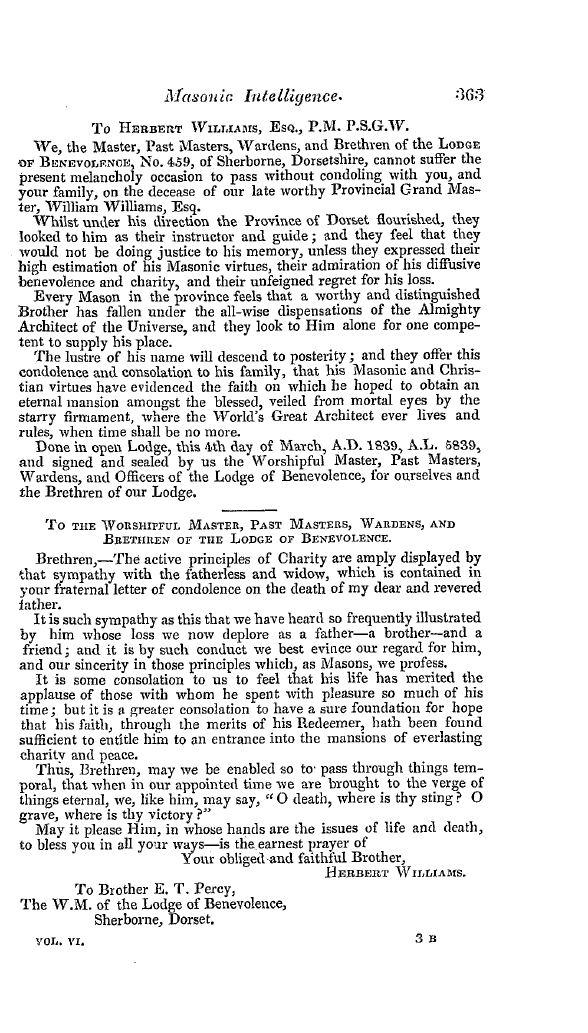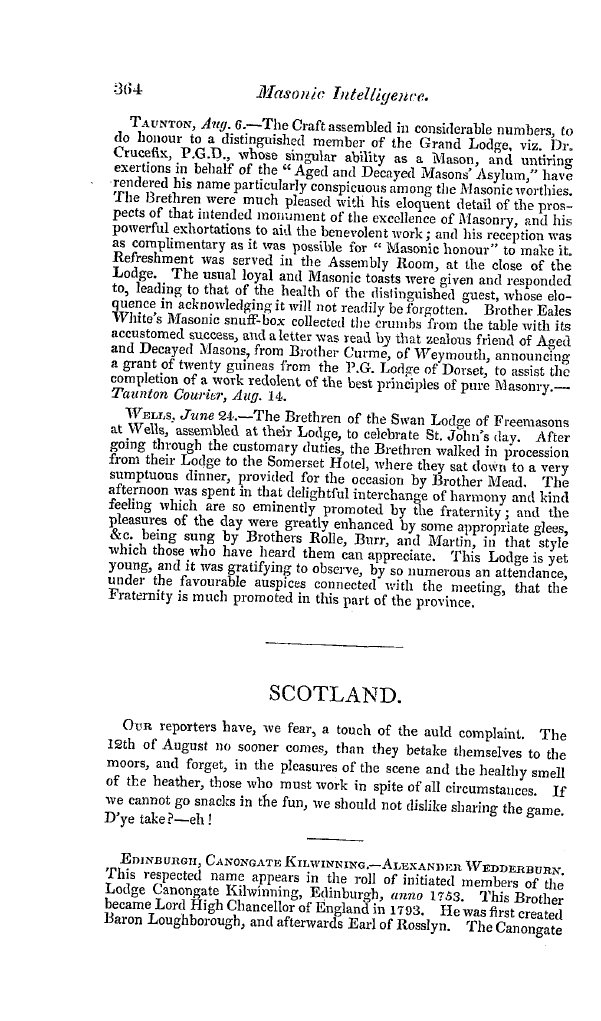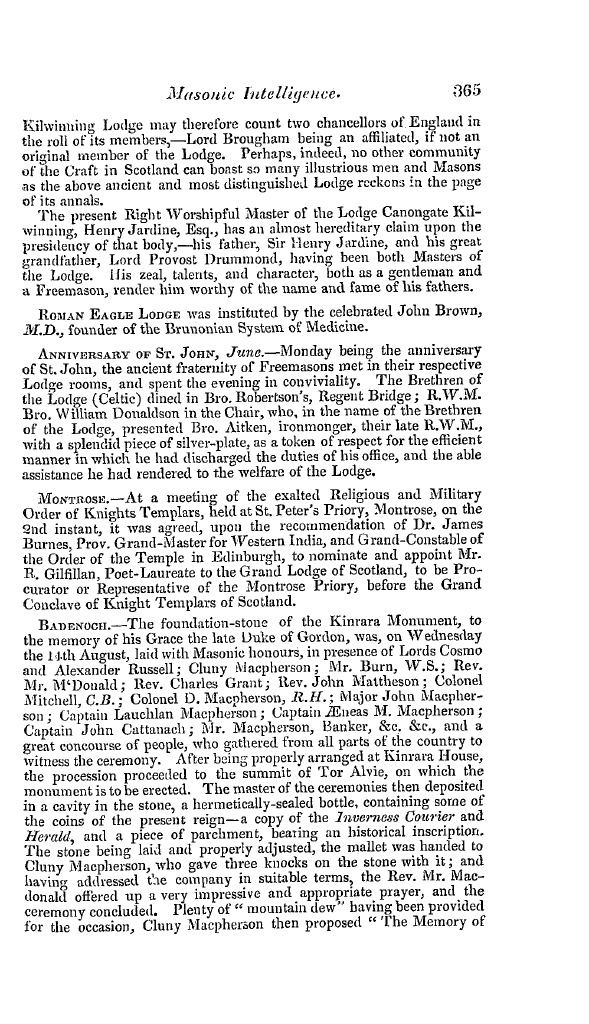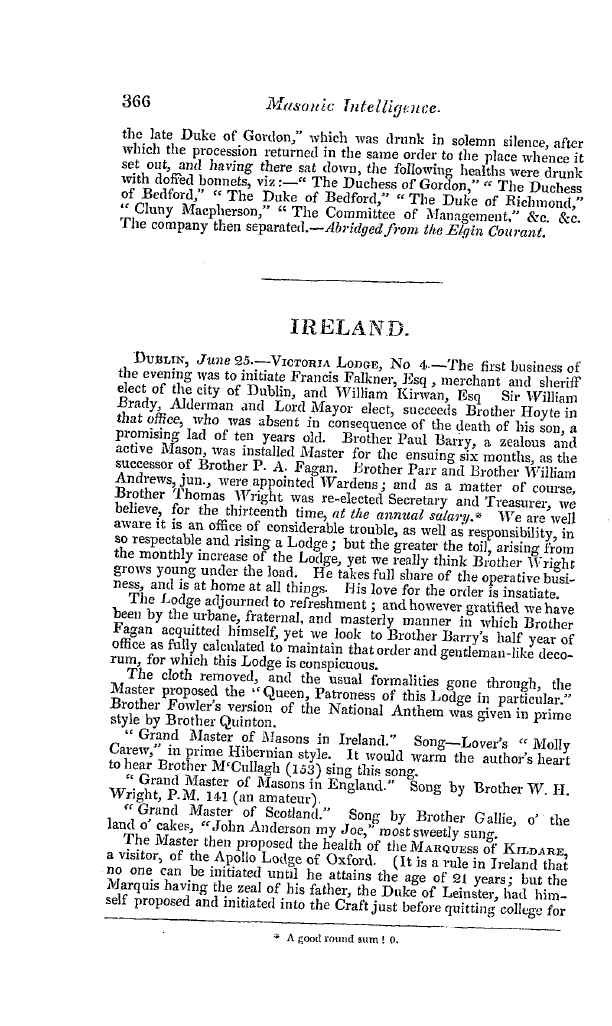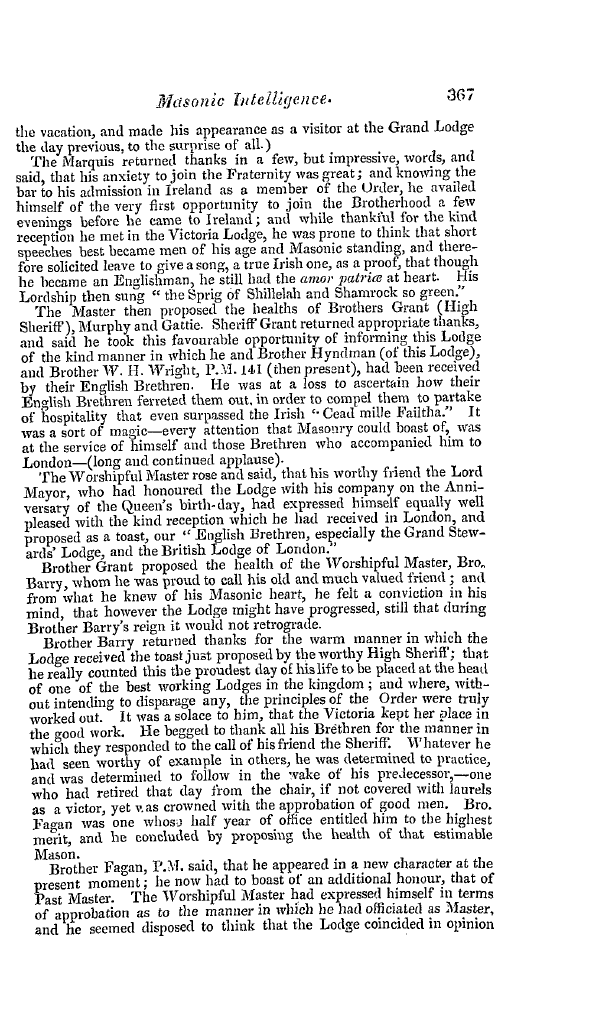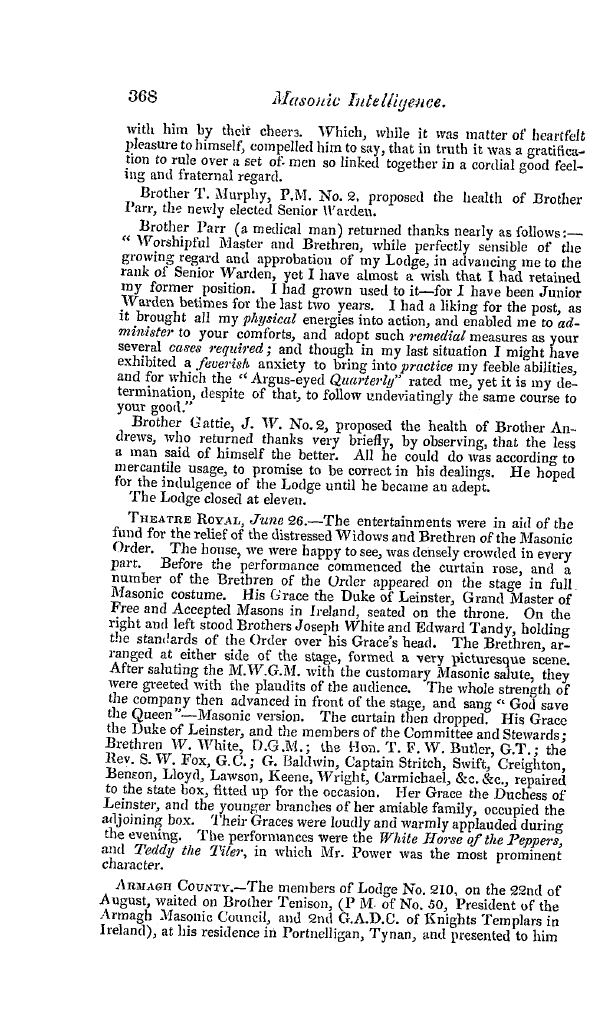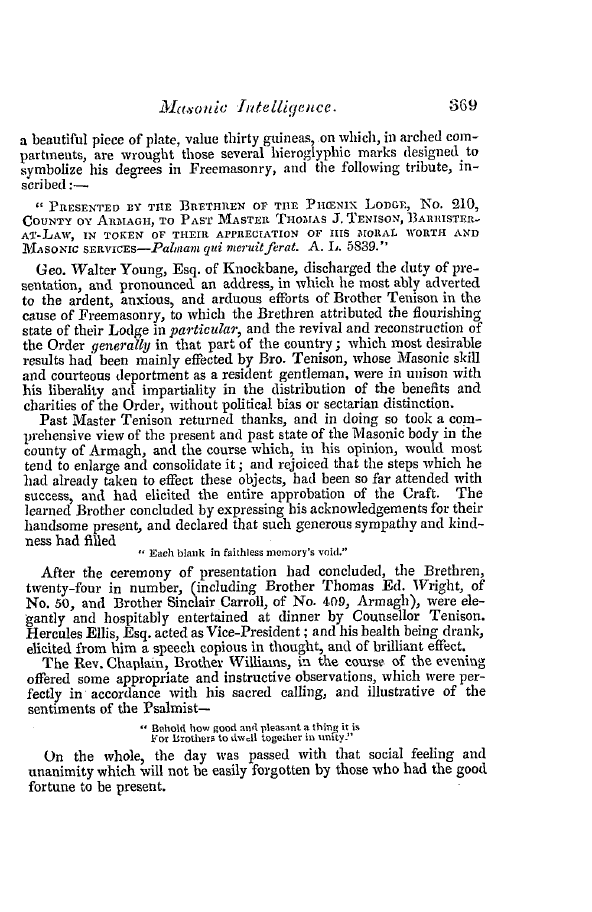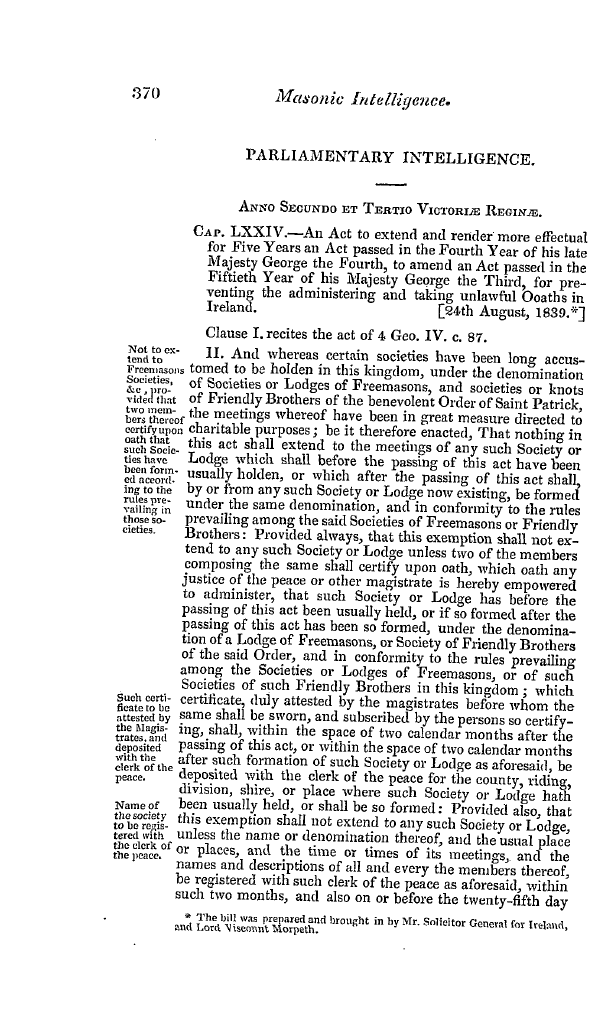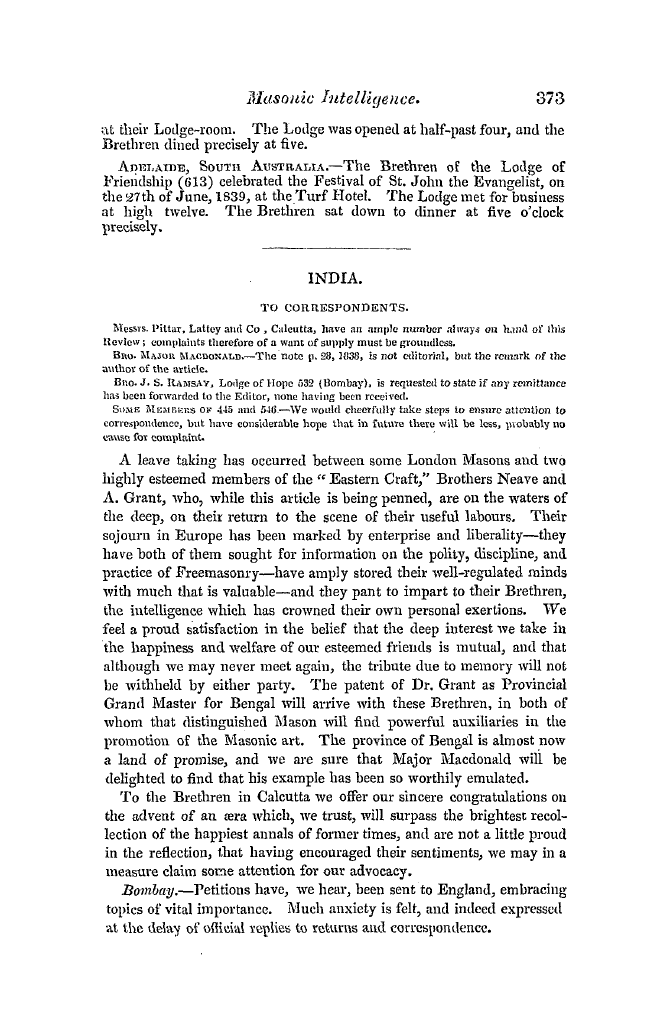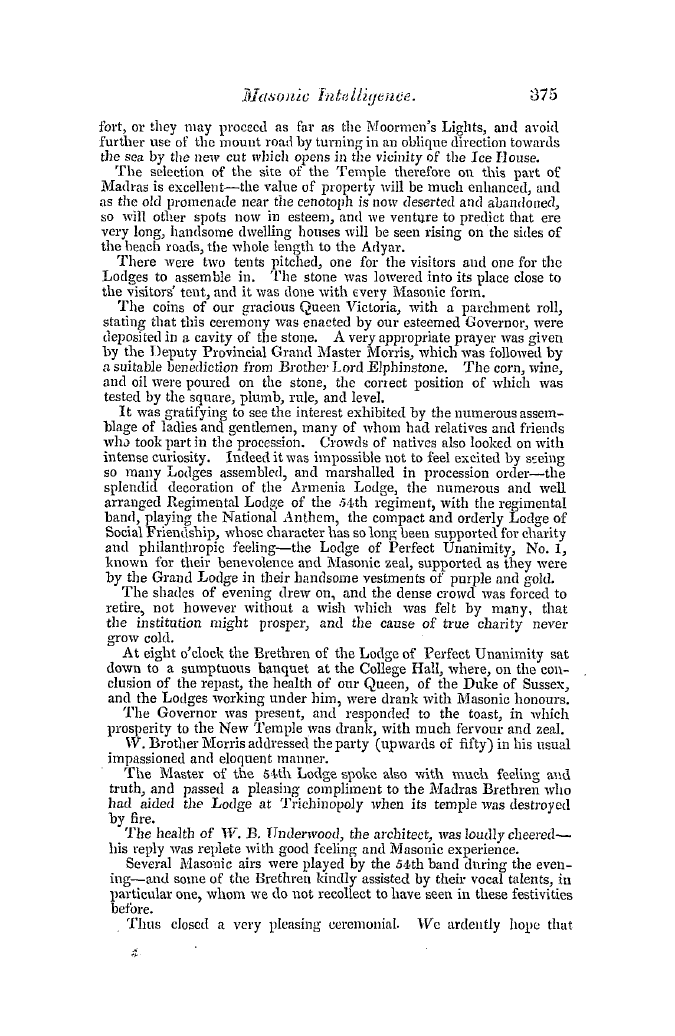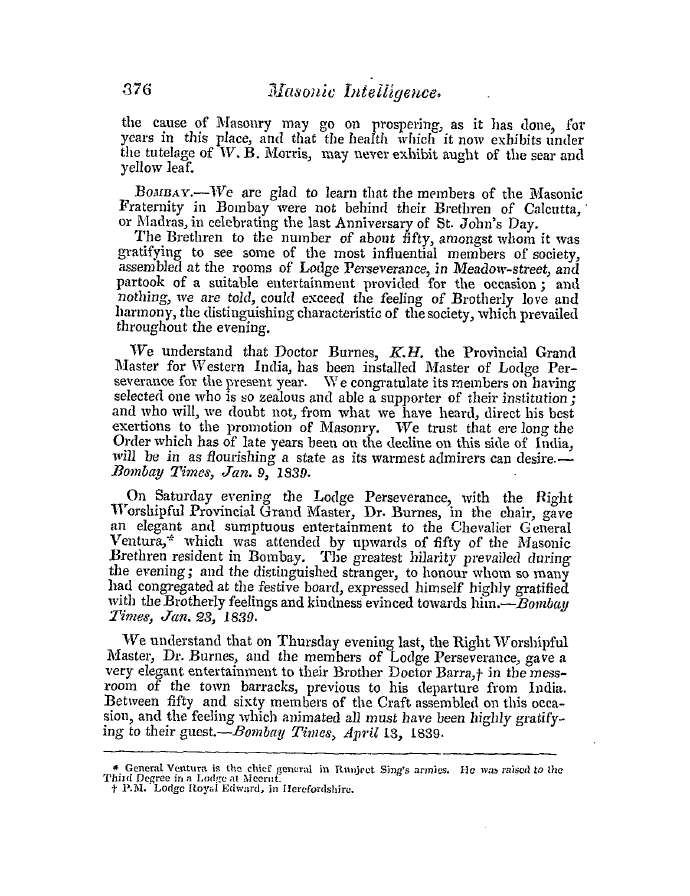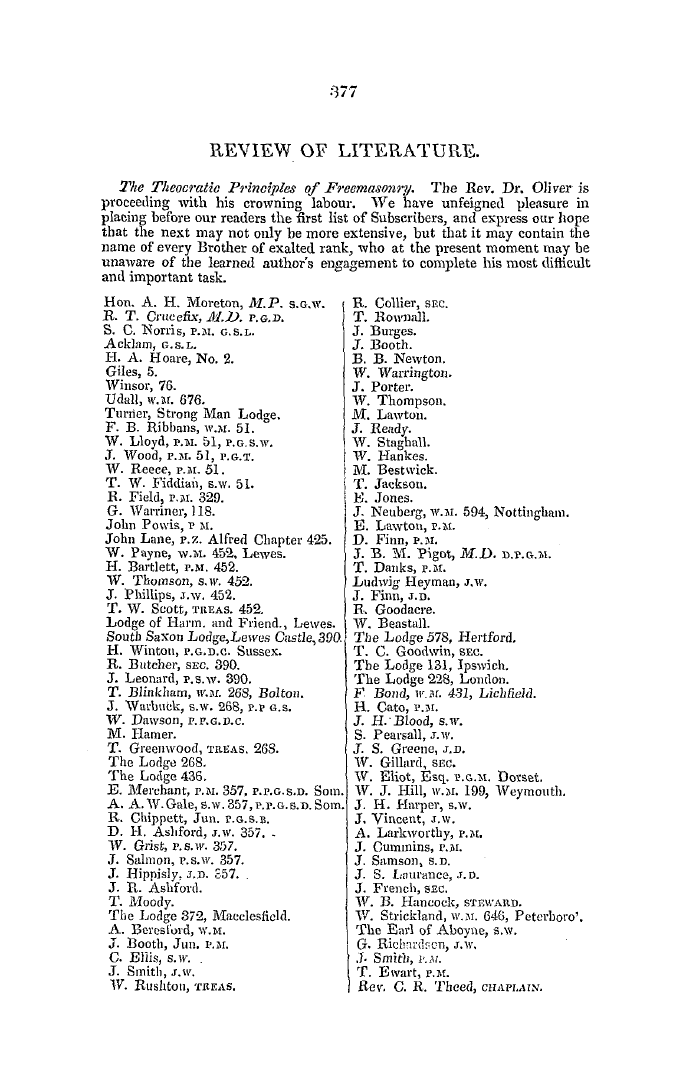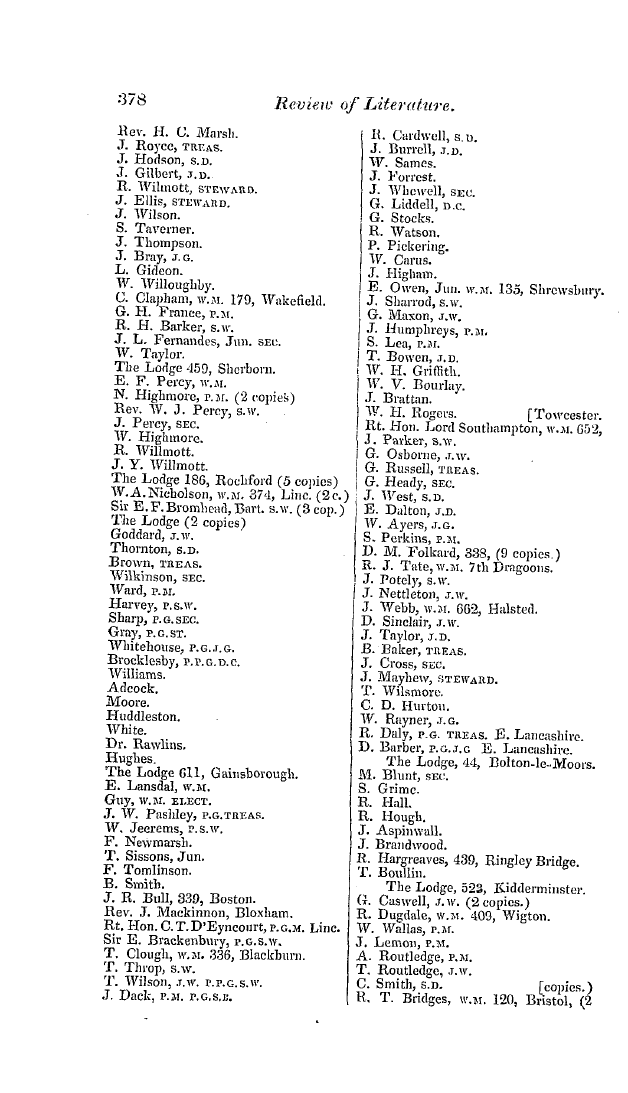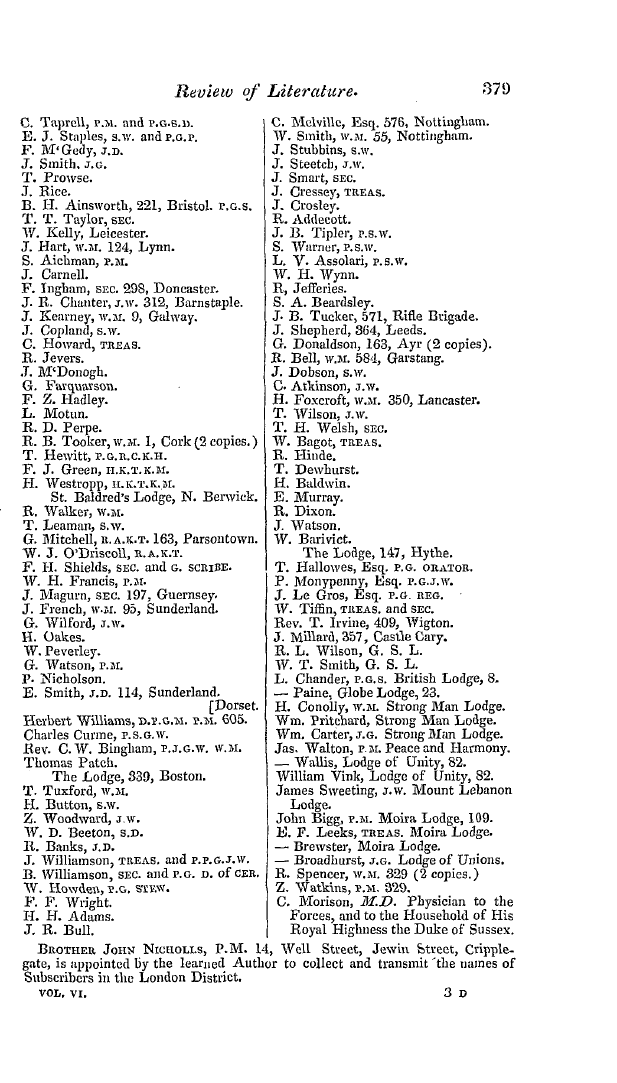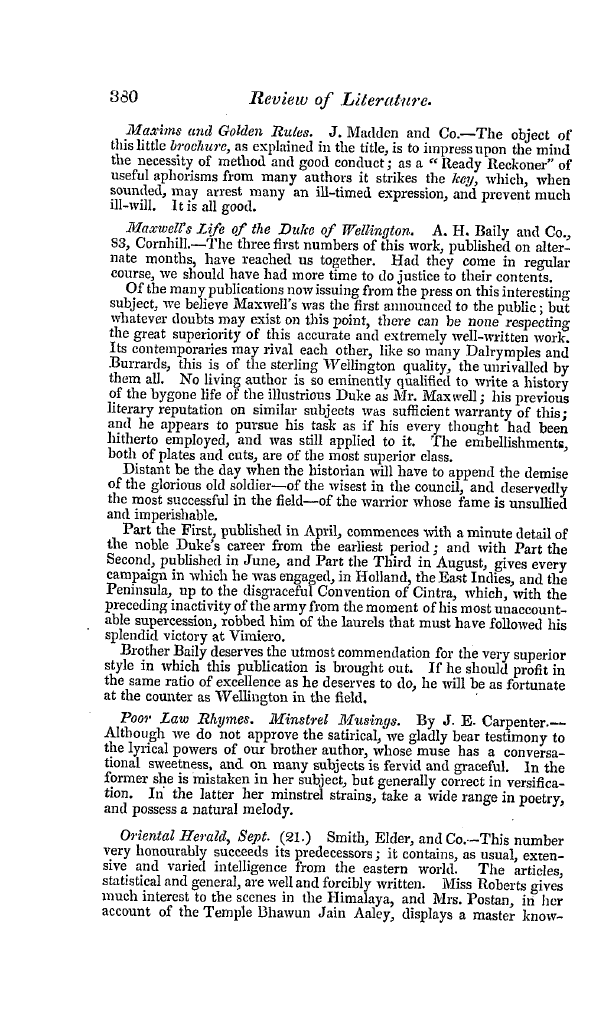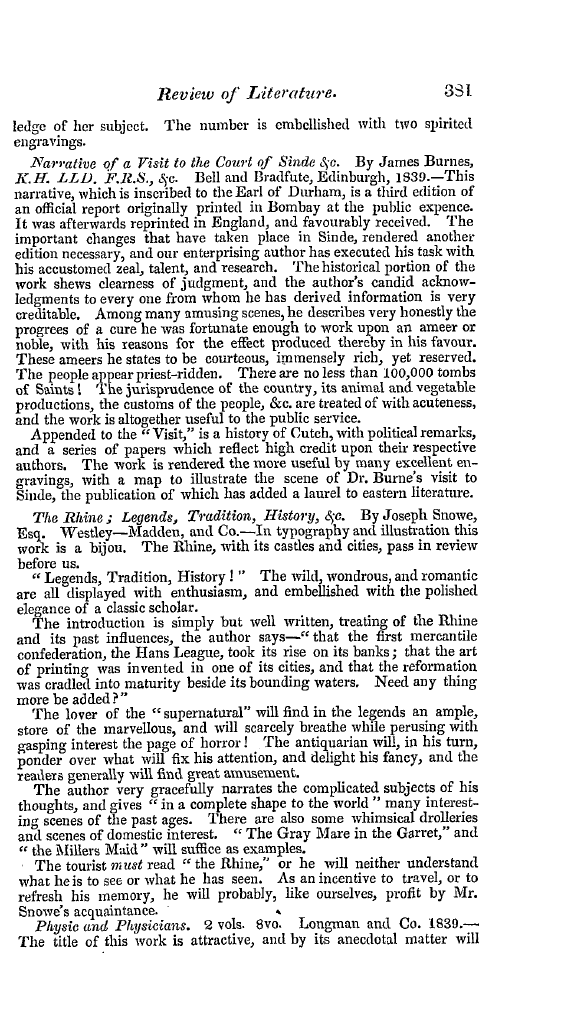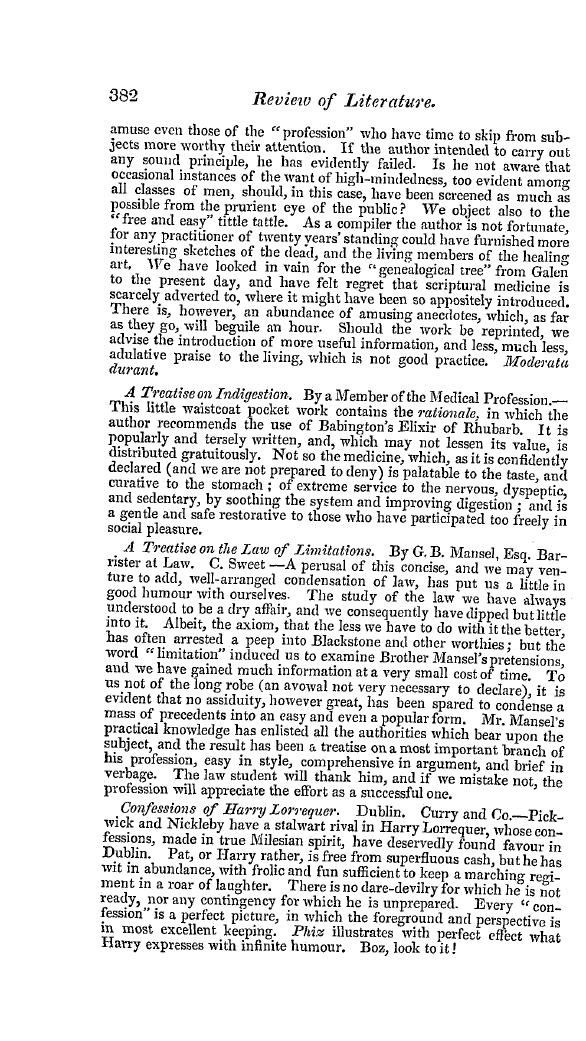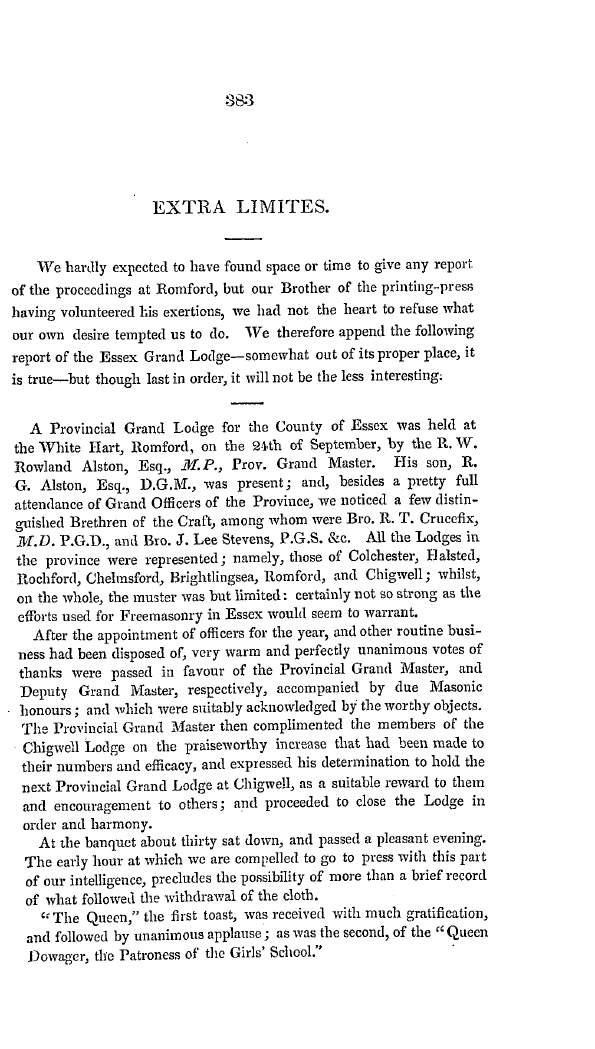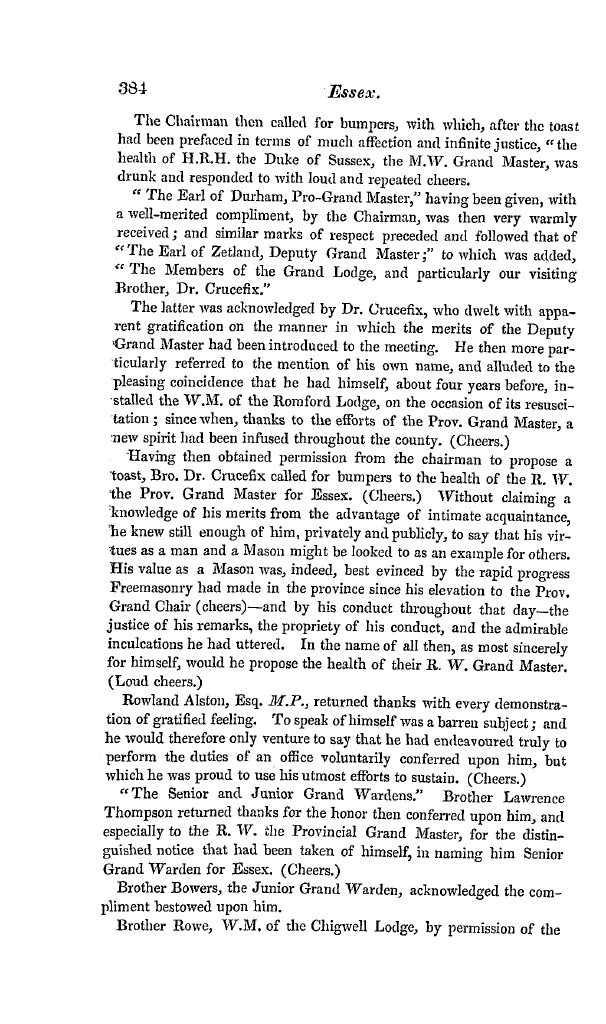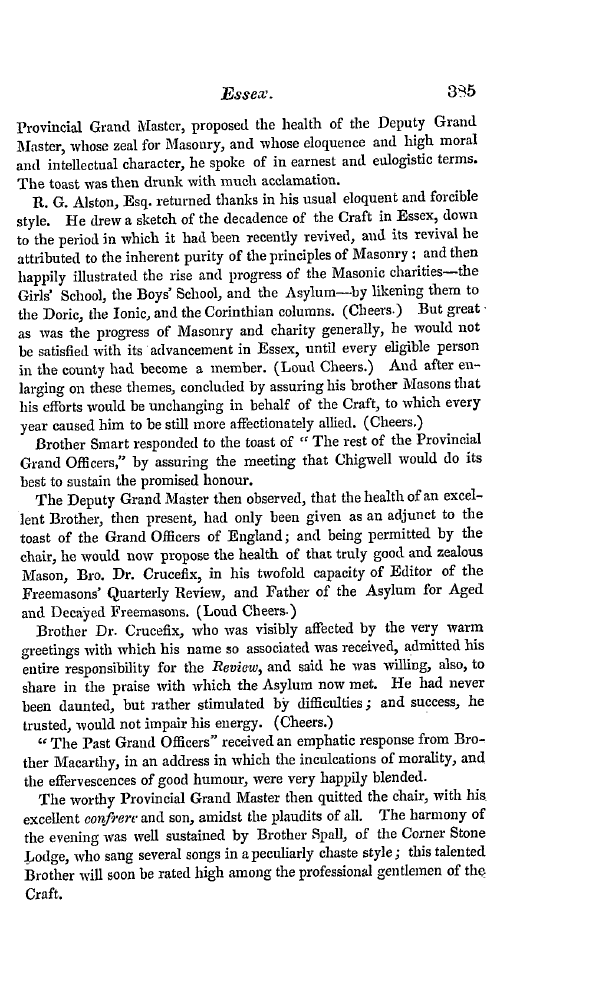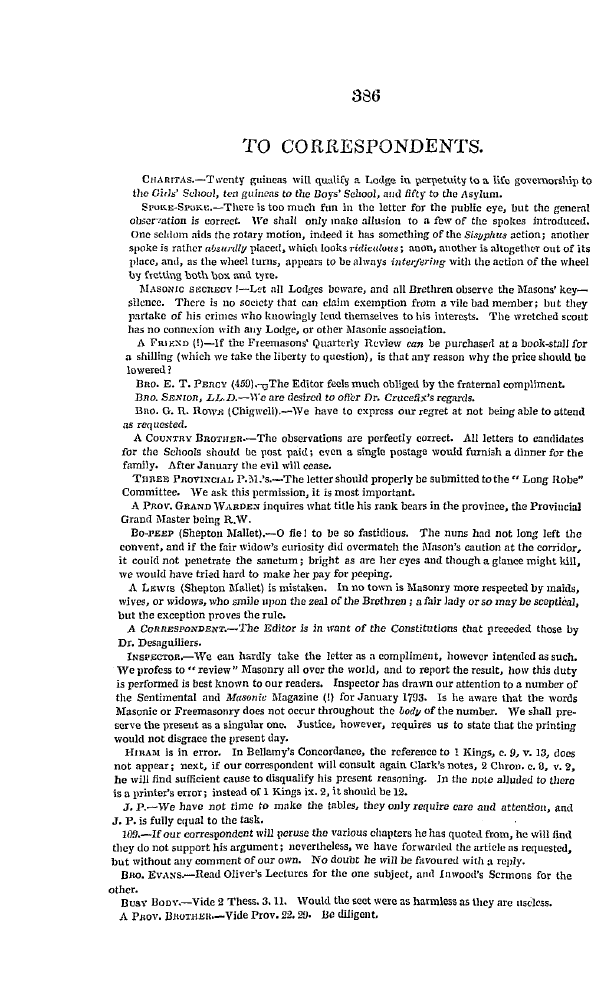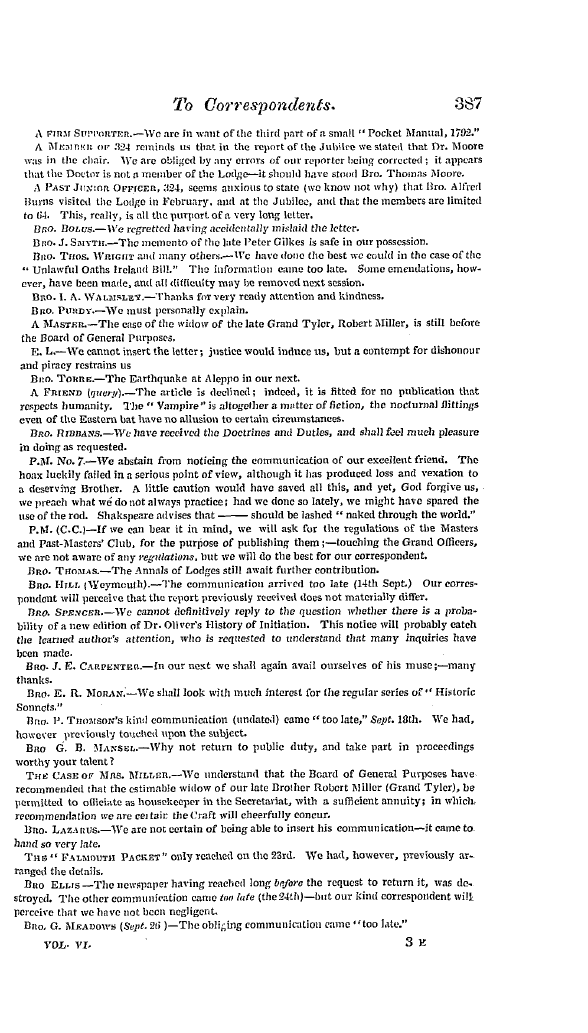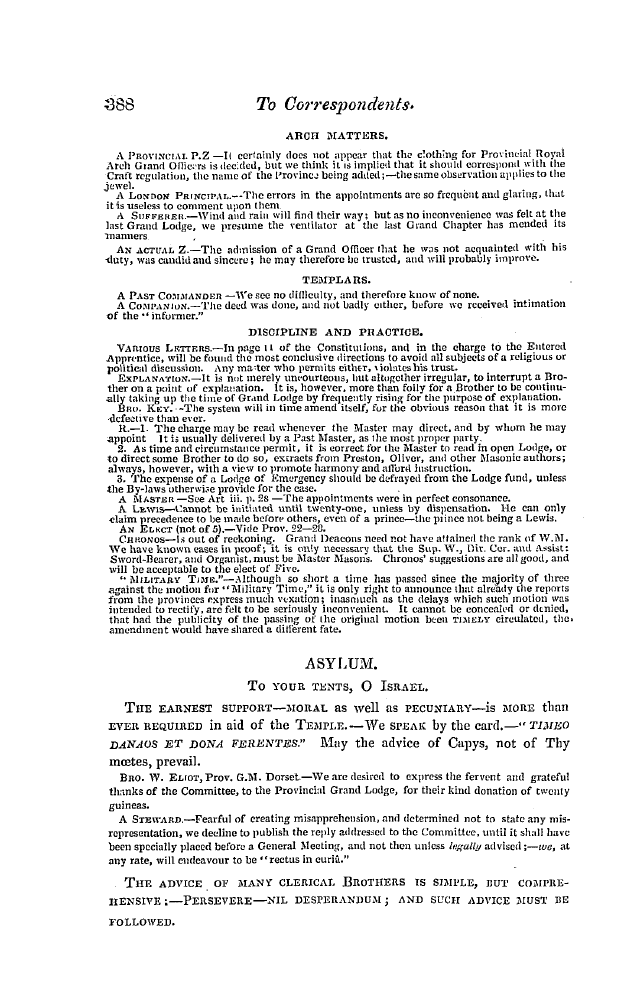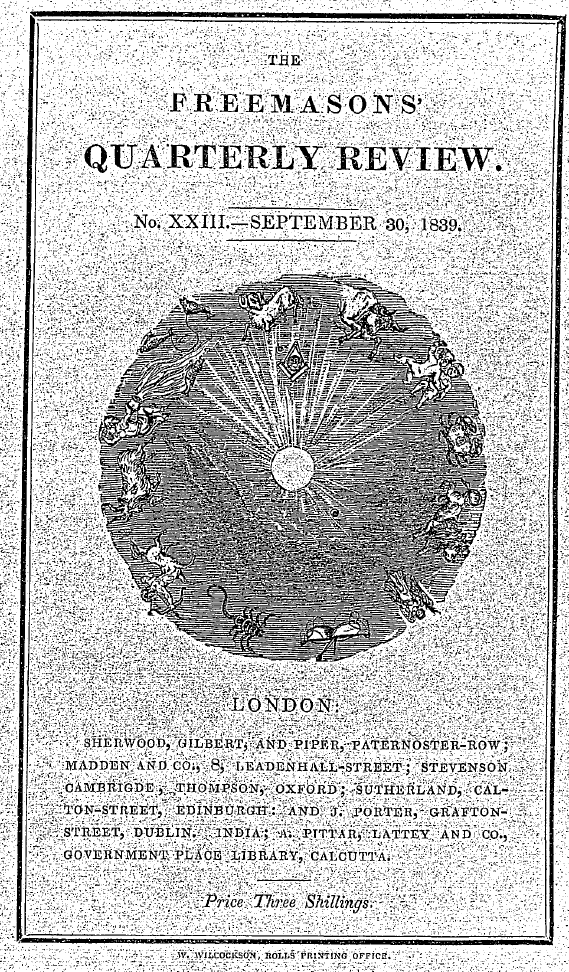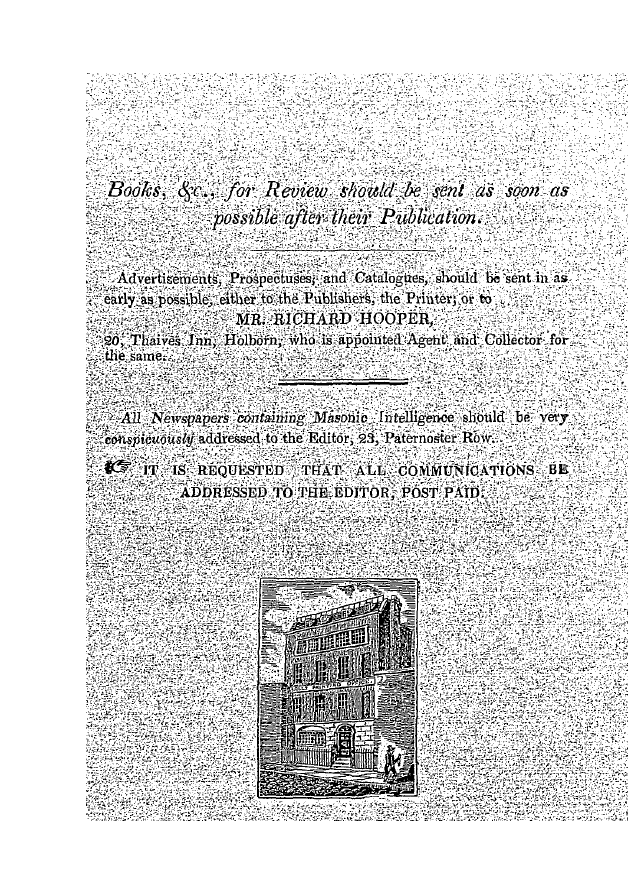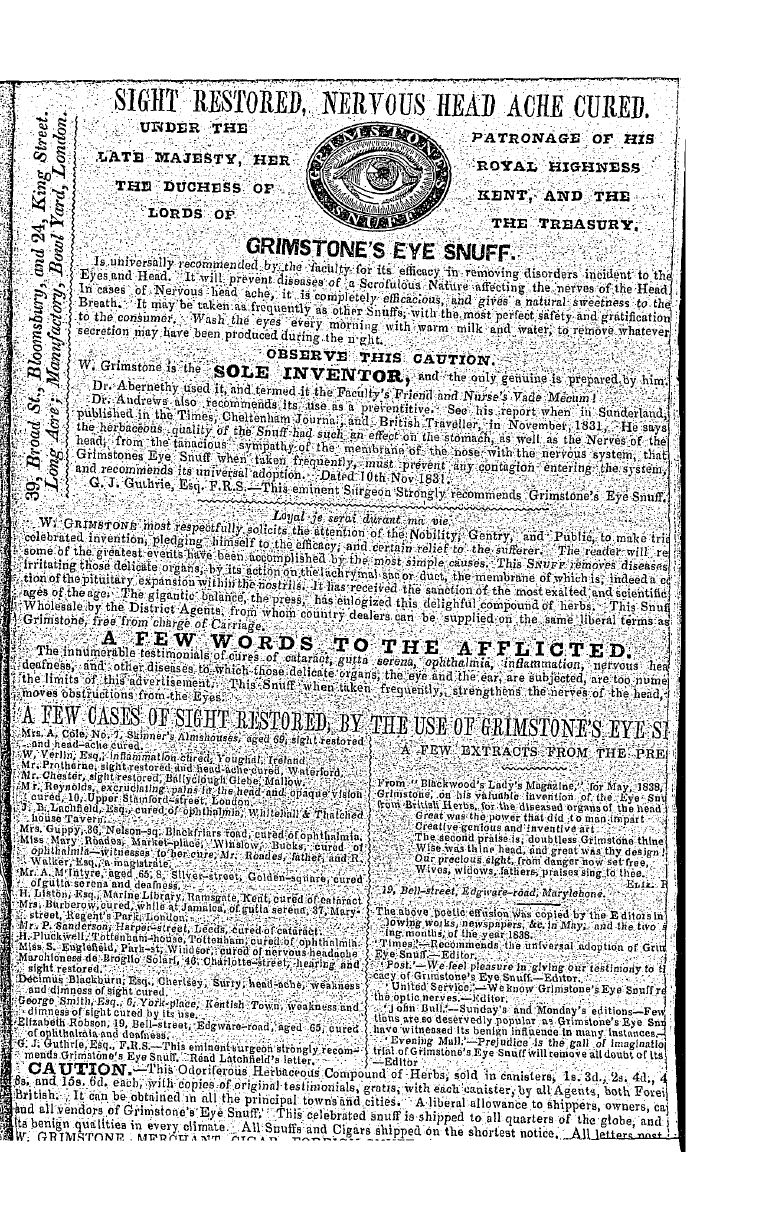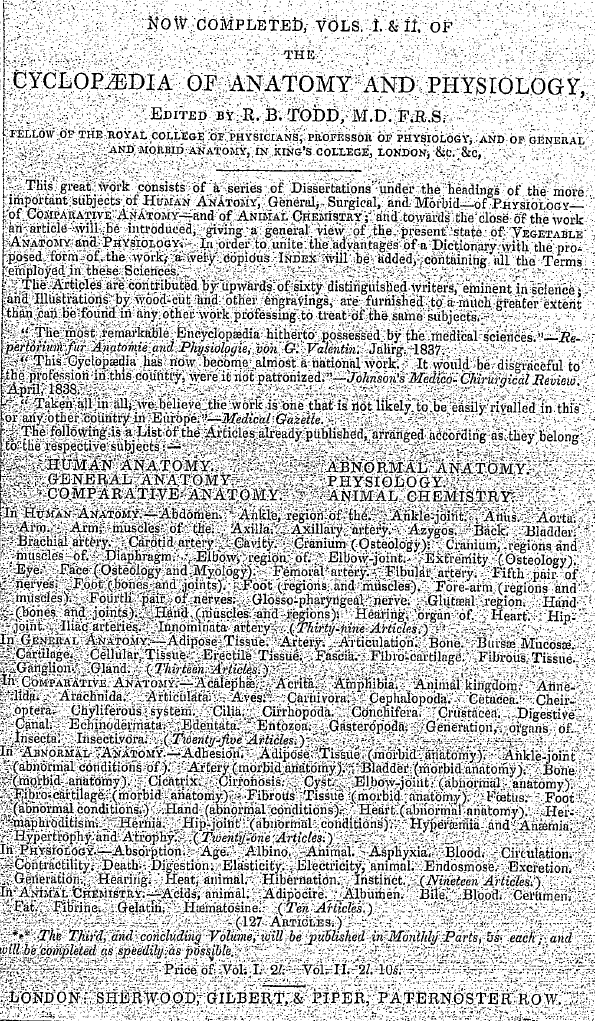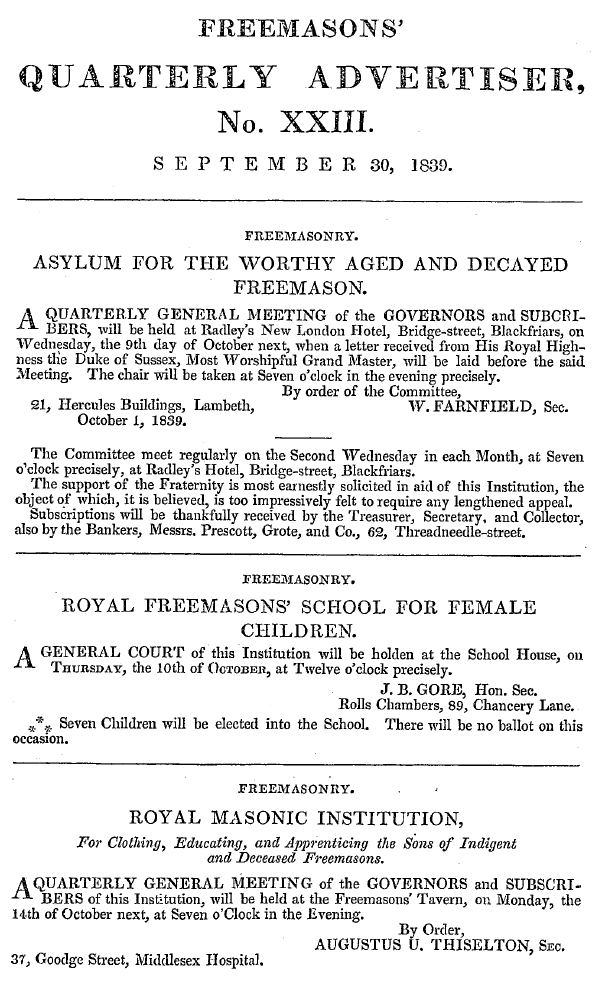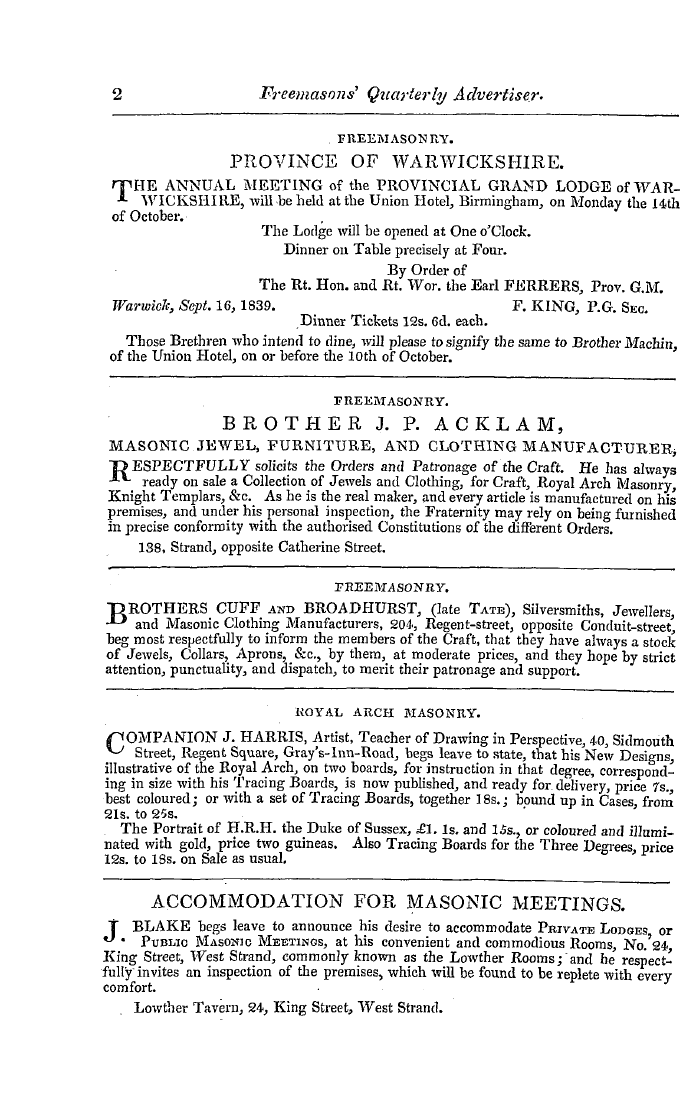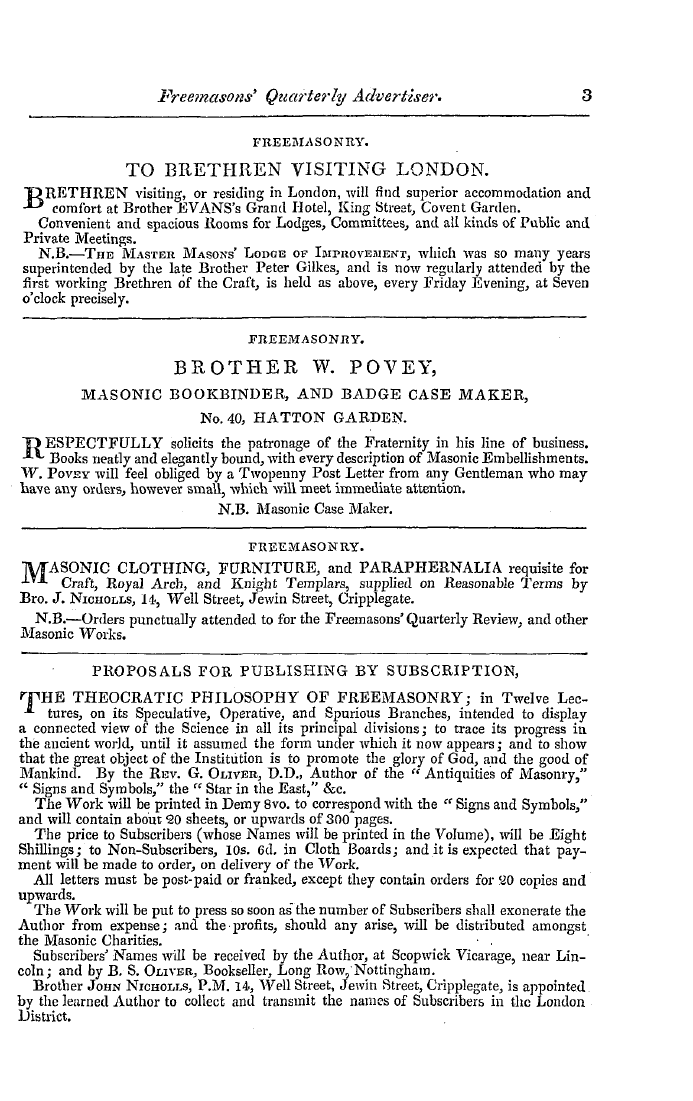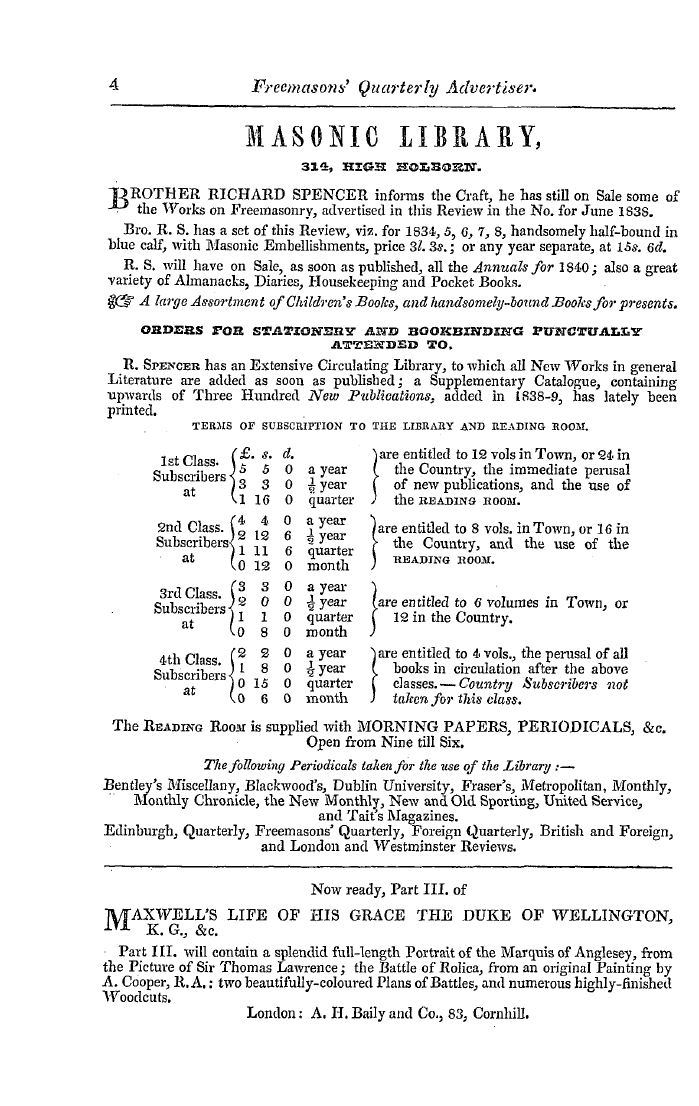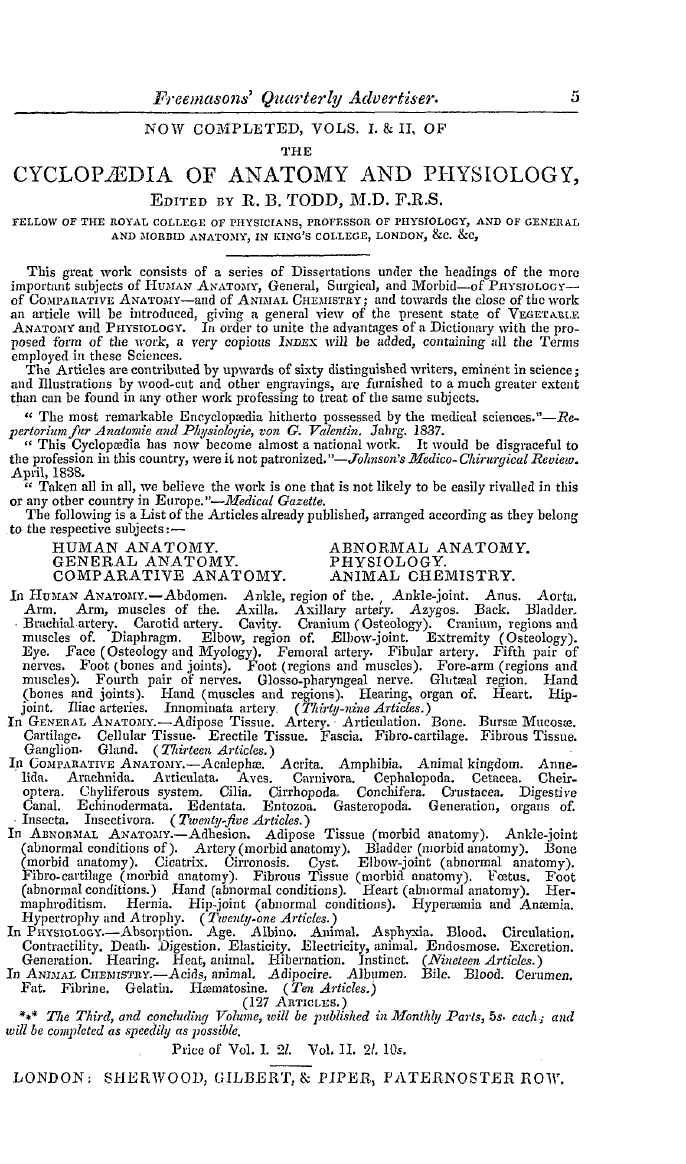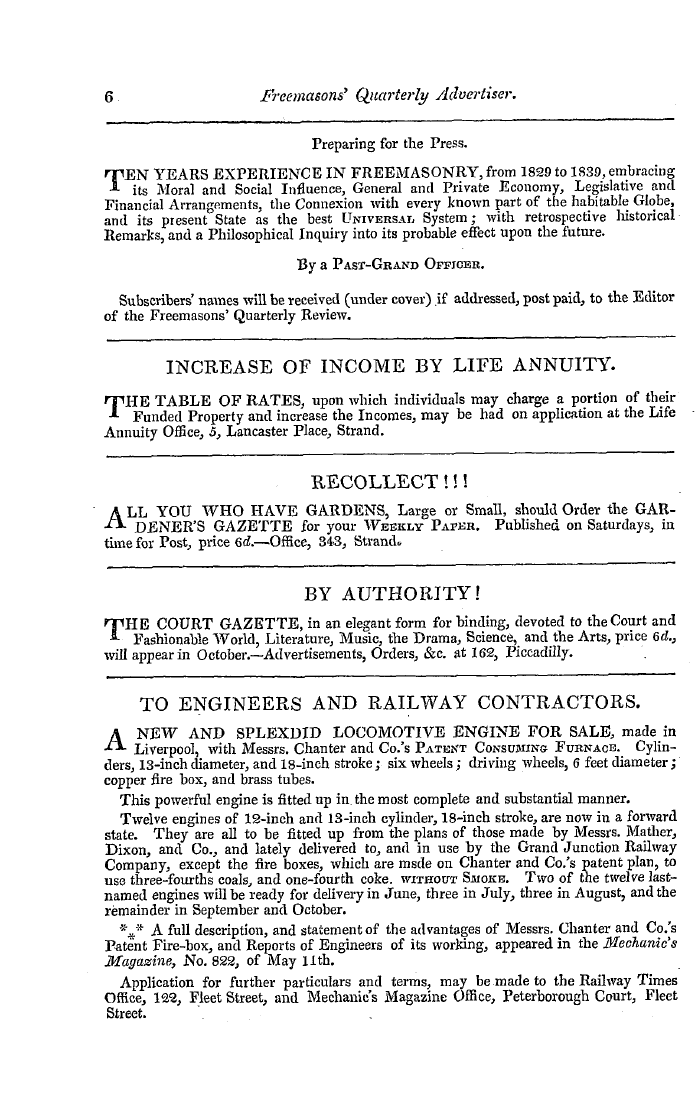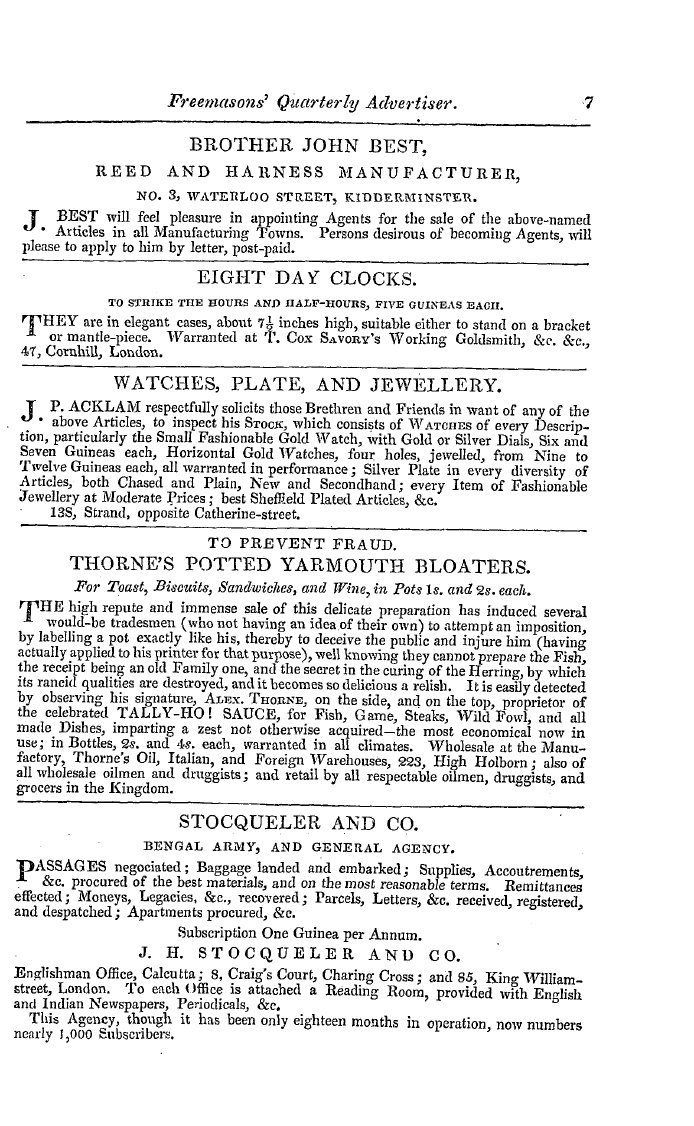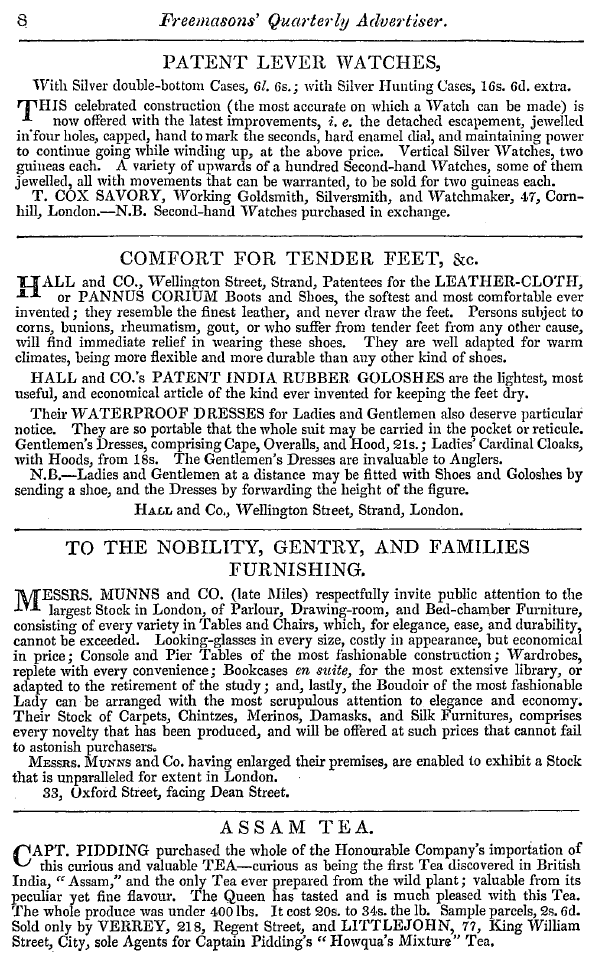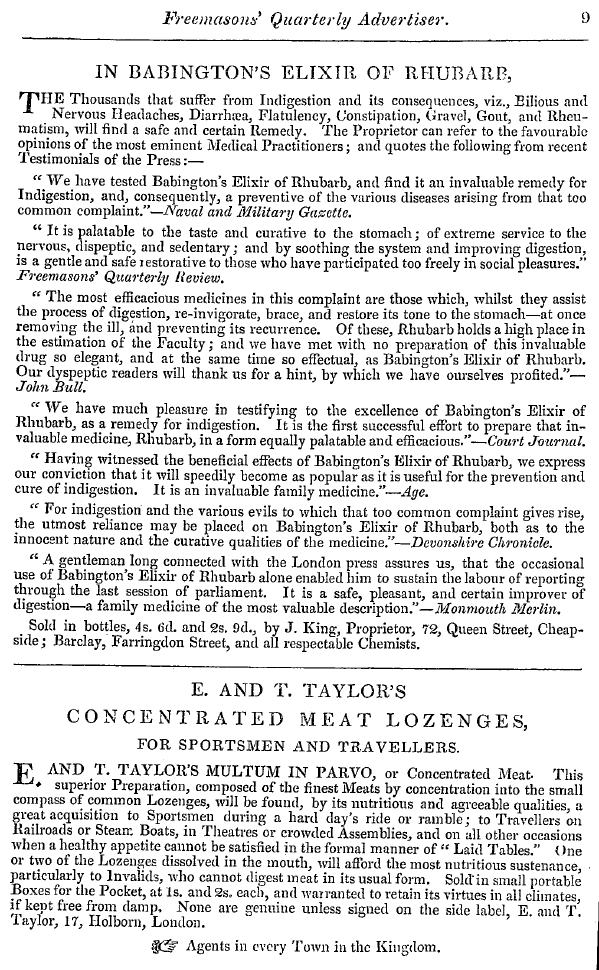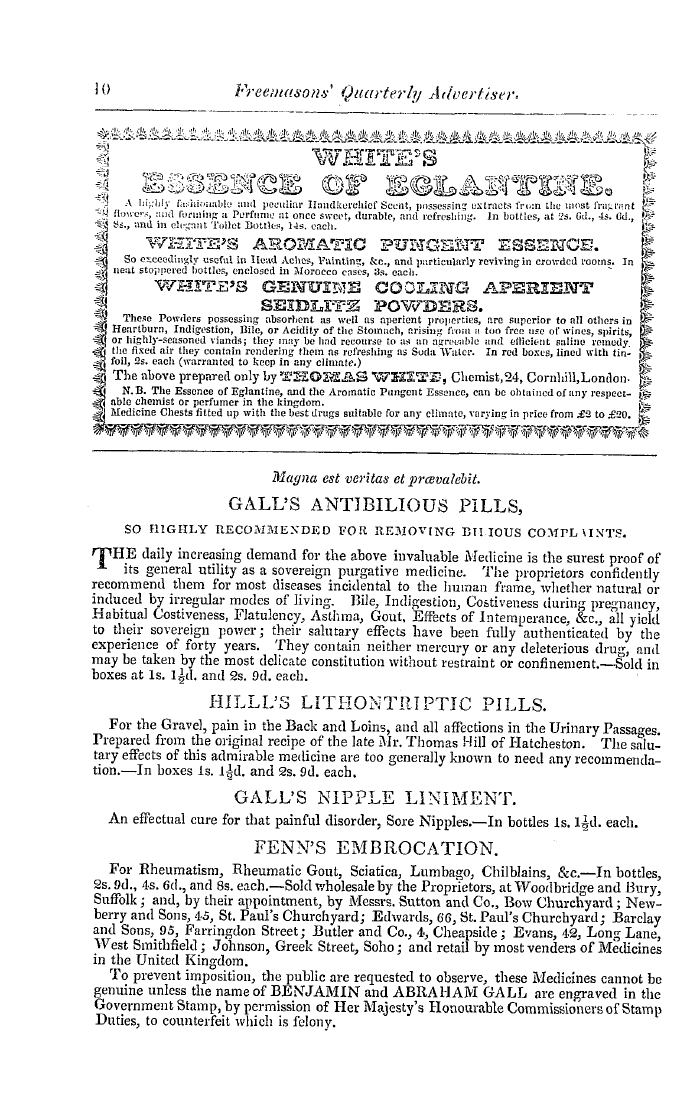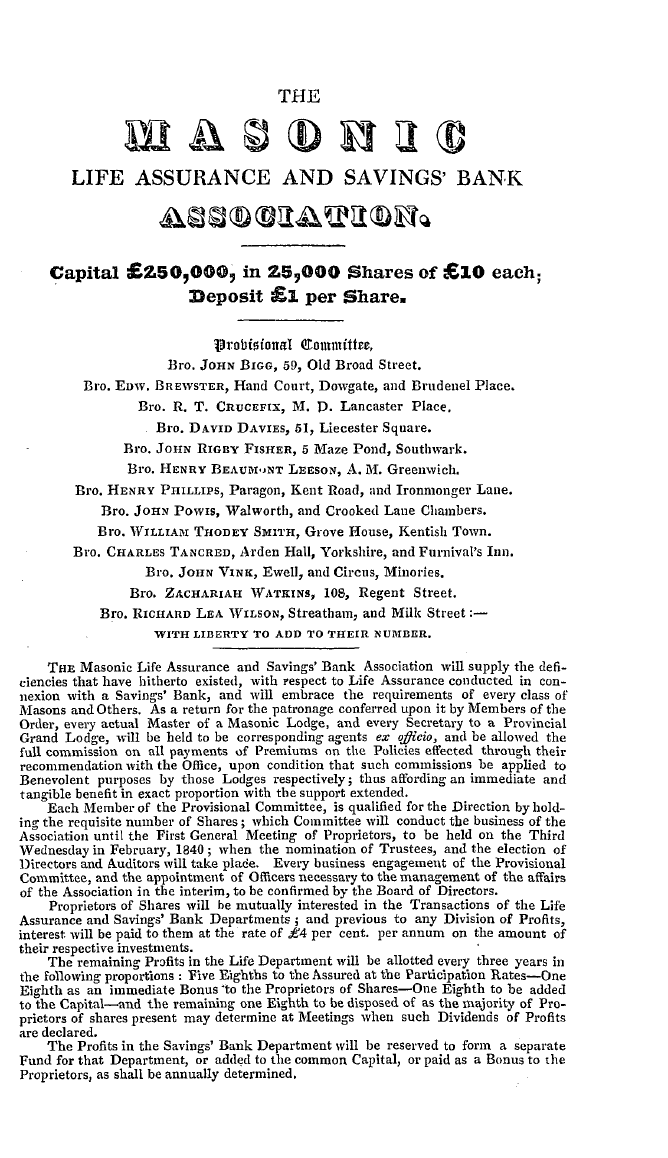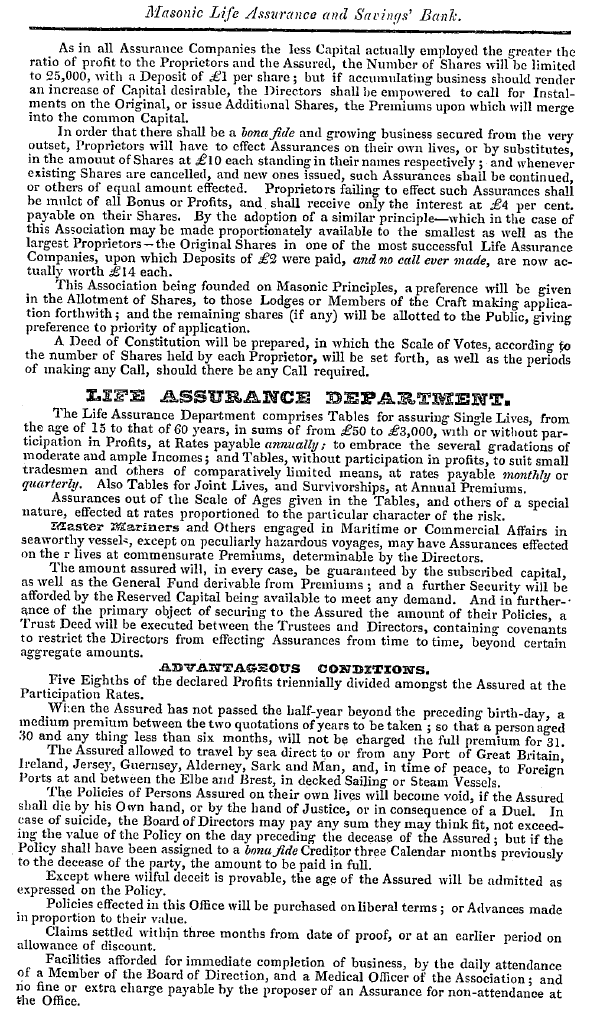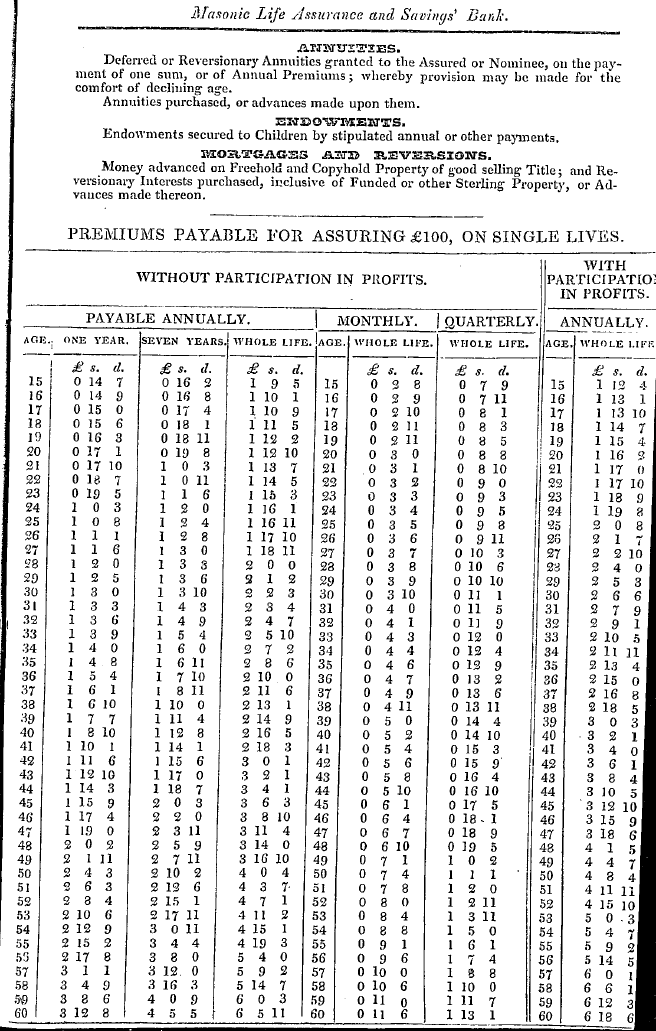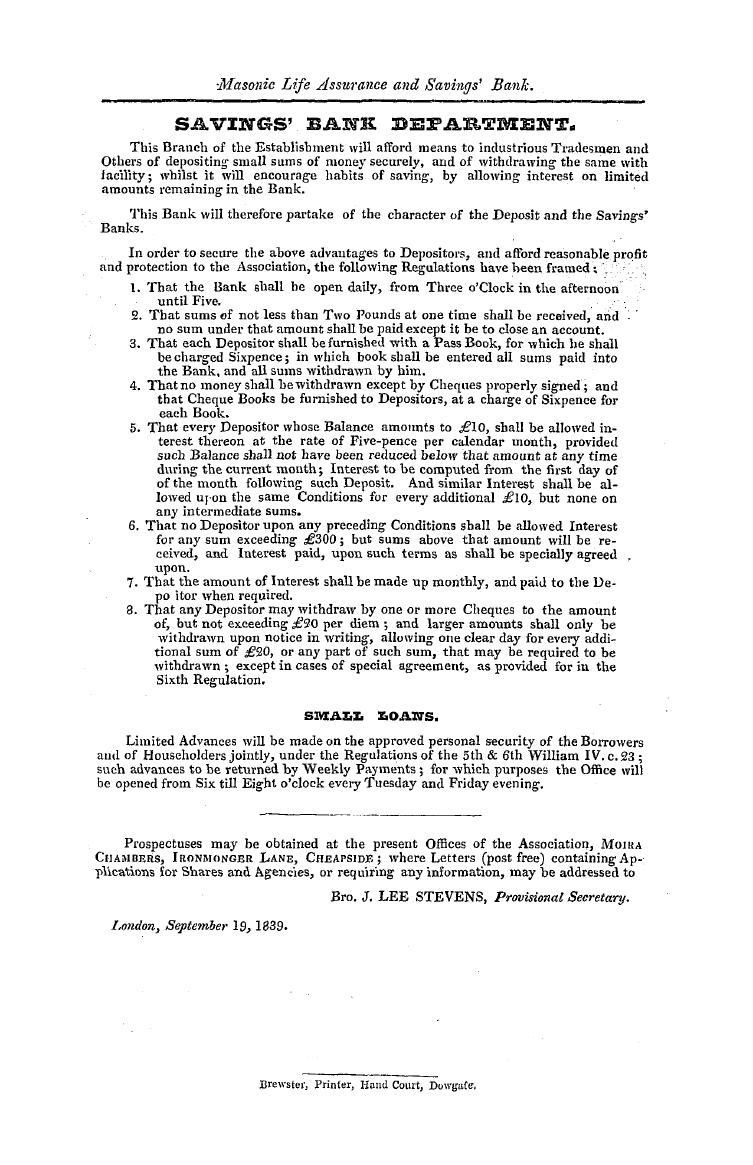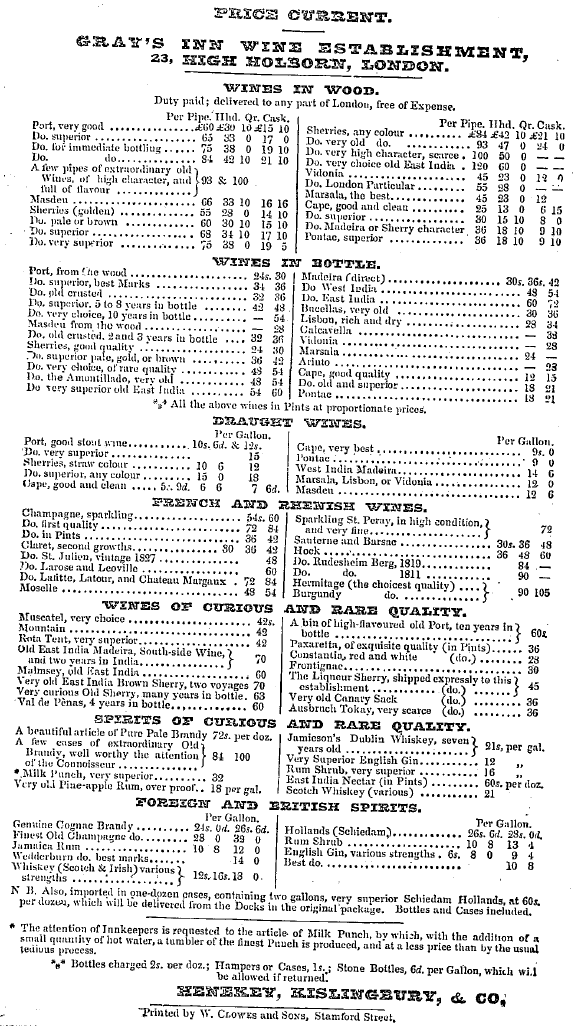-
Articles/Ads
Article ON FREEMASONRY. ← Page 2 of 13 →
Note: This text has been automatically extracted via Optical Character Recognition (OCR) software.
On Freemasonry.
engraver , which still live—not onl y in the desolate and uninhabited p laces of the earth , forsaken by the hordes which once crowded their streets and swarmed in their pastoral districts—but in the more accessible form of collections
which furnish the museums and depositories of every nation ; these contribute to establish the permanency and triumph of Freemasonry ; and here the fame of our ancient Brethren will live for ever . The Free and Accepted Mason , on visiting the British Museum , may point , with a feeling of satisfaction and pride ,
to those immortal specimens of ancient art which grace and adorn the Egyptian room and the gallery of antiquities , as emanations of the science of operative Masonry—of that science which maintained its ascendency from the secrecy and method by which its complicated operations were conducted ; and attained perfection by the system of
co-operation and mutual aid which distinguished its proceedings and perpetuated its existence . It may be here observed that the papers on Freemasonry in this Review , bearing my signature , have been methodically arranged . The first series contained the history and pursuits of SPECULATIVE MASONRY , throughout a period in which the science had received little previous illustration . The second series was illustrative of the SPURIOUS
FREEMASONRY , about which still less appears to have been generally known to the Fraternity . I am now engaged in a third series on the OPERATIVE MASONRY of ancient times , which will be found to embrace a succession of facts and arguments , to show that the predominating influence of Freemasonry , in this division , was acknowledged in every nation , and with
every people in the ancient world . From the earliest times Operative Masonry appears to have gone hand in hand with the spurious branch , and hence the Cabiri , who are the reputed inventors of the latter , were sometimes called Telchines , because they excelled in the knowledge of architecture , and other useful arts ; and were
particularly skilful in metallurgy , - whence they were said to be the children of Tubal Cain or Vulcan , which thus became a generic term for every worker of metals who attained to a superior ^ degree of excellence . They are said to have forged the sickle of Cronus , and the trident of Neptune . JEschylus introduces Prometheus ( who was certainly a Cabirean priest , or in Masonic phraseology , the Master of a Lodge of Spurious Freemasons ) , describing to the Chorus
Note: This text has been automatically extracted via Optical Character Recognition (OCR) software.
On Freemasonry.
engraver , which still live—not onl y in the desolate and uninhabited p laces of the earth , forsaken by the hordes which once crowded their streets and swarmed in their pastoral districts—but in the more accessible form of collections
which furnish the museums and depositories of every nation ; these contribute to establish the permanency and triumph of Freemasonry ; and here the fame of our ancient Brethren will live for ever . The Free and Accepted Mason , on visiting the British Museum , may point , with a feeling of satisfaction and pride ,
to those immortal specimens of ancient art which grace and adorn the Egyptian room and the gallery of antiquities , as emanations of the science of operative Masonry—of that science which maintained its ascendency from the secrecy and method by which its complicated operations were conducted ; and attained perfection by the system of
co-operation and mutual aid which distinguished its proceedings and perpetuated its existence . It may be here observed that the papers on Freemasonry in this Review , bearing my signature , have been methodically arranged . The first series contained the history and pursuits of SPECULATIVE MASONRY , throughout a period in which the science had received little previous illustration . The second series was illustrative of the SPURIOUS
FREEMASONRY , about which still less appears to have been generally known to the Fraternity . I am now engaged in a third series on the OPERATIVE MASONRY of ancient times , which will be found to embrace a succession of facts and arguments , to show that the predominating influence of Freemasonry , in this division , was acknowledged in every nation , and with
every people in the ancient world . From the earliest times Operative Masonry appears to have gone hand in hand with the spurious branch , and hence the Cabiri , who are the reputed inventors of the latter , were sometimes called Telchines , because they excelled in the knowledge of architecture , and other useful arts ; and were
particularly skilful in metallurgy , - whence they were said to be the children of Tubal Cain or Vulcan , which thus became a generic term for every worker of metals who attained to a superior ^ degree of excellence . They are said to have forged the sickle of Cronus , and the trident of Neptune . JEschylus introduces Prometheus ( who was certainly a Cabirean priest , or in Masonic phraseology , the Master of a Lodge of Spurious Freemasons ) , describing to the Chorus


























































